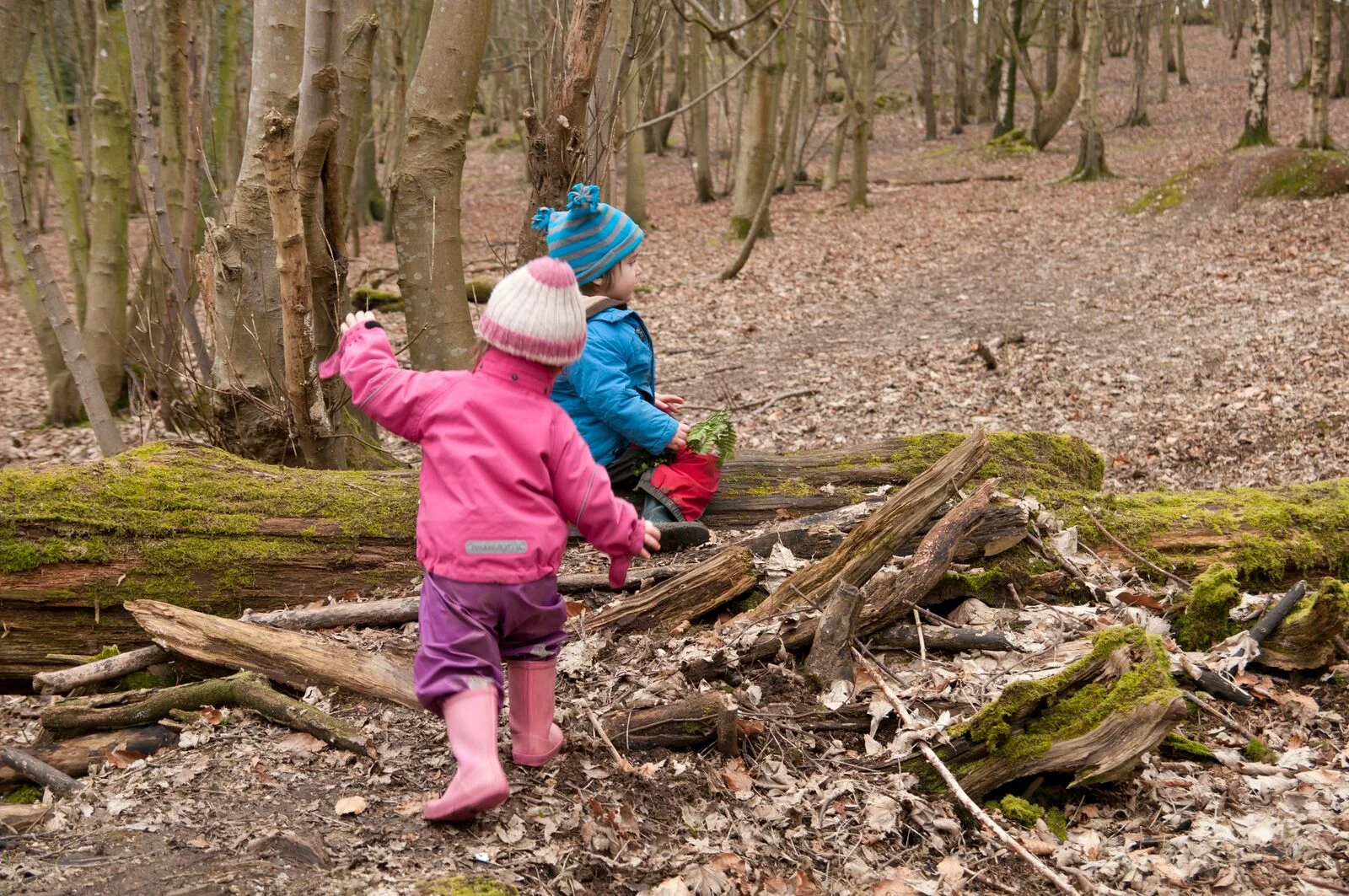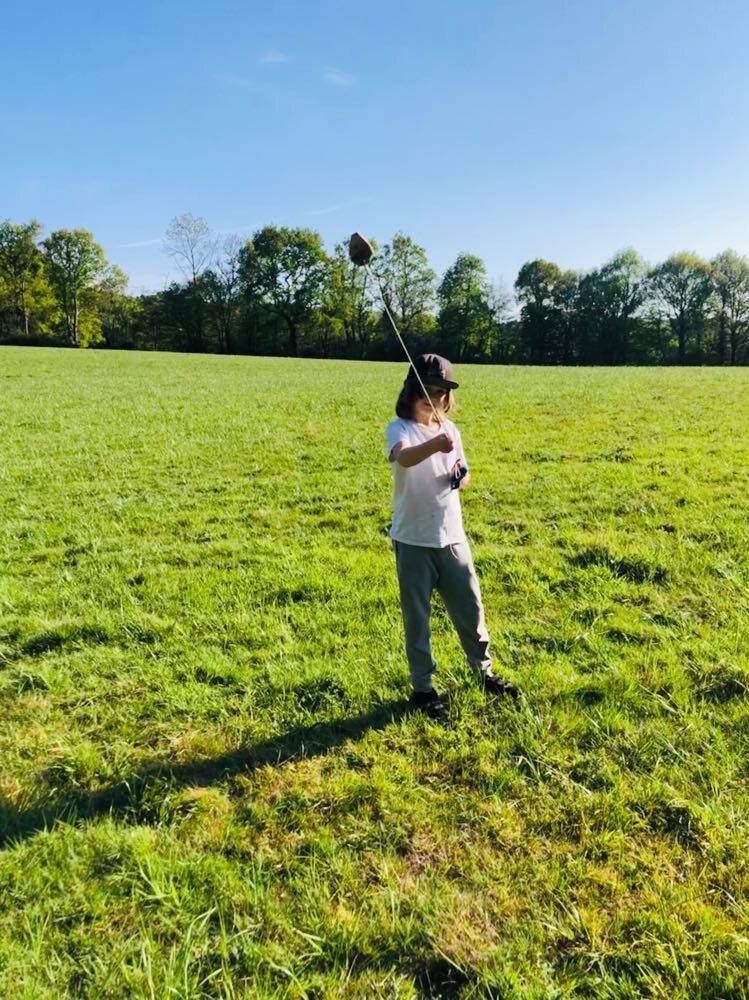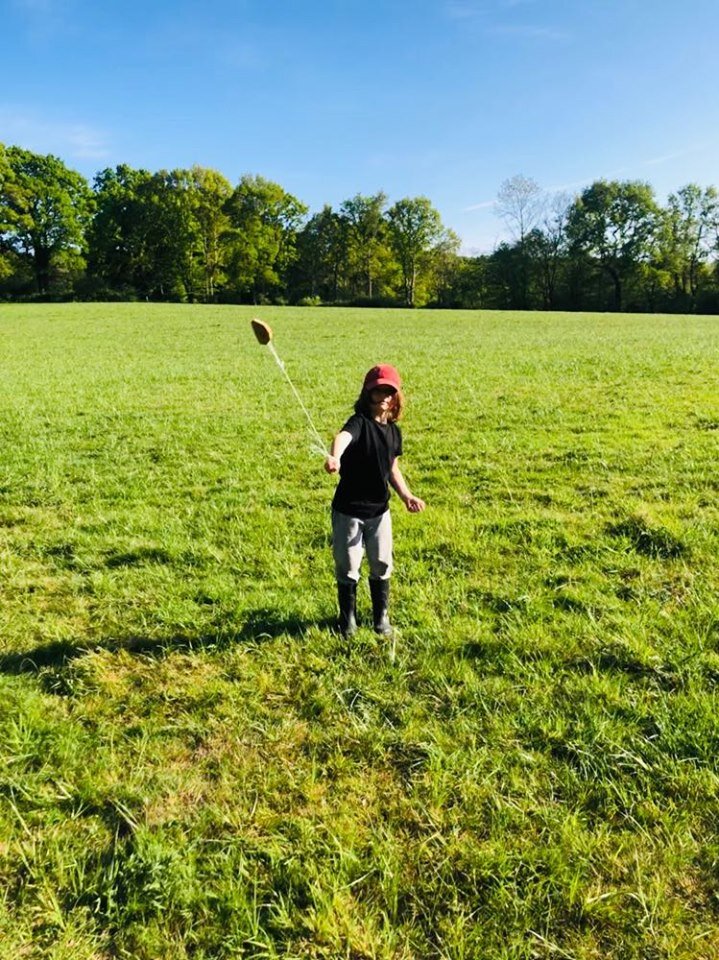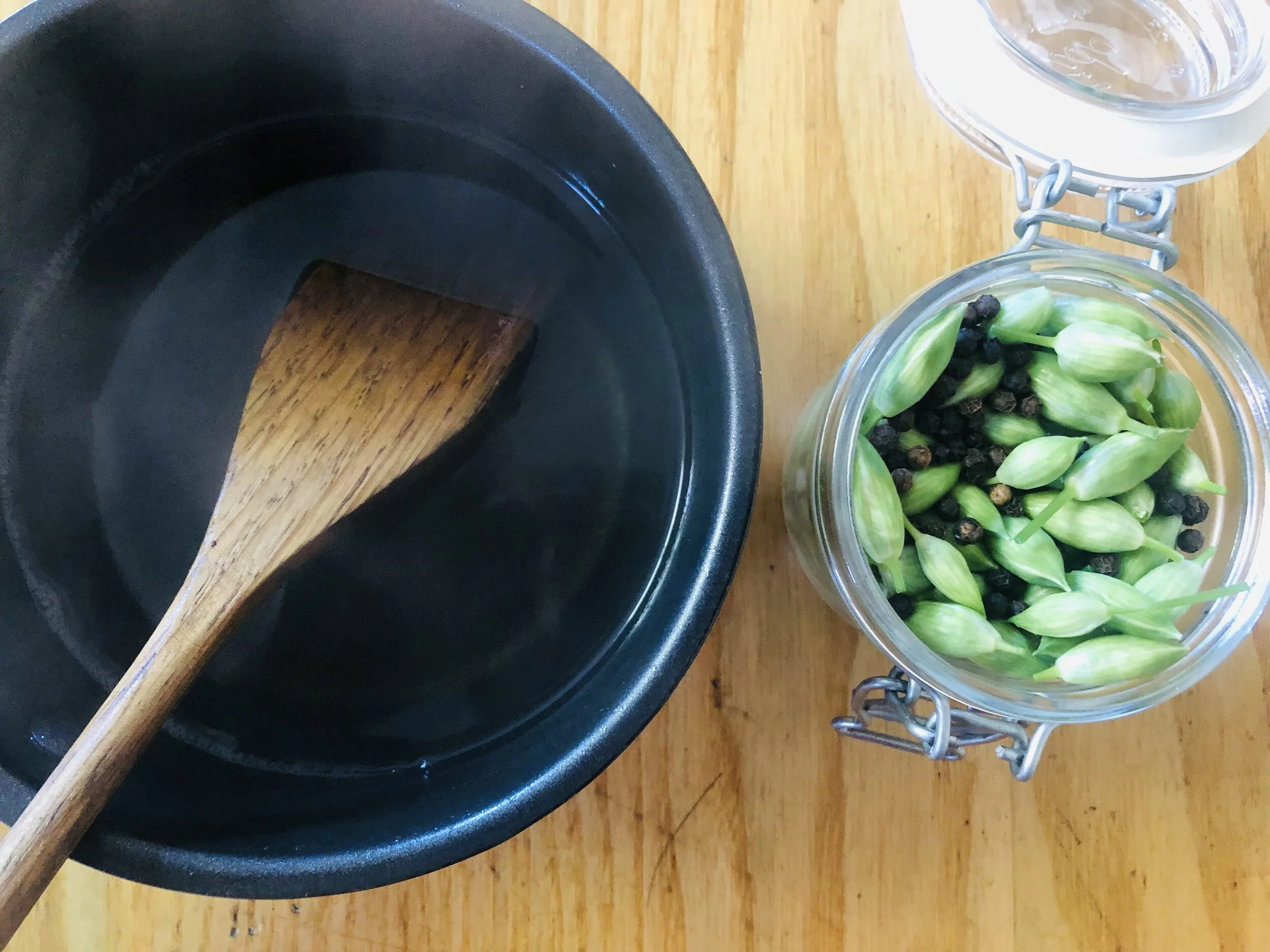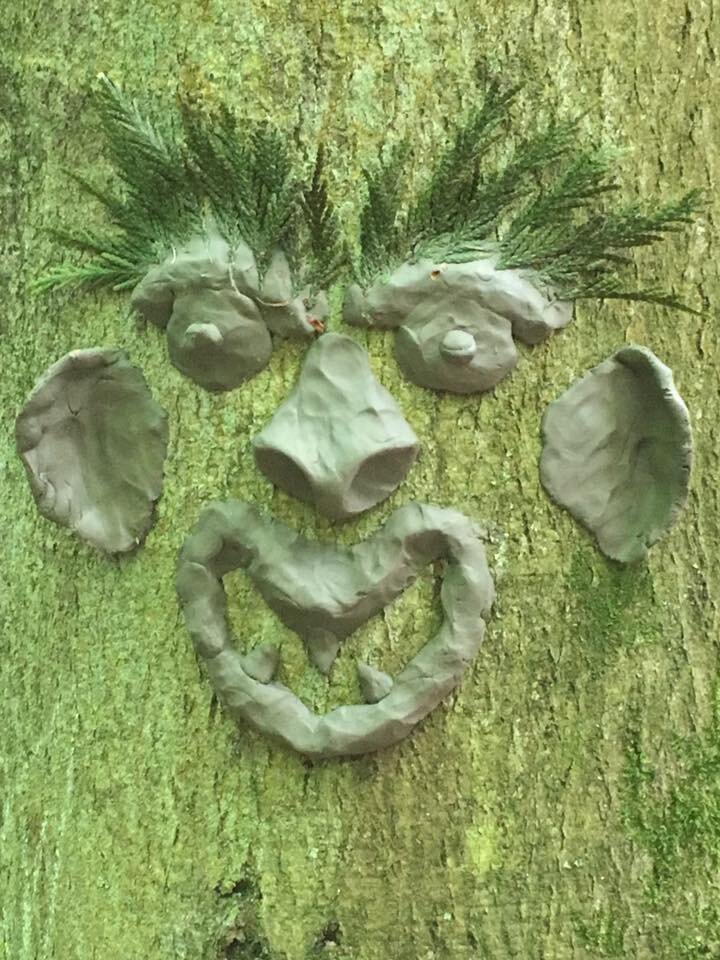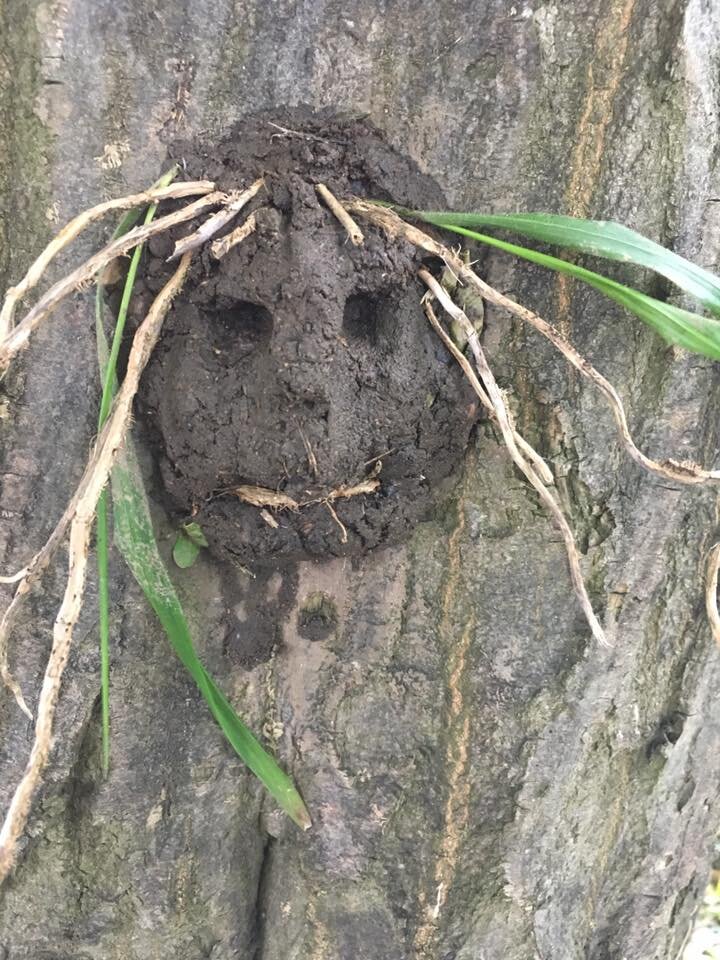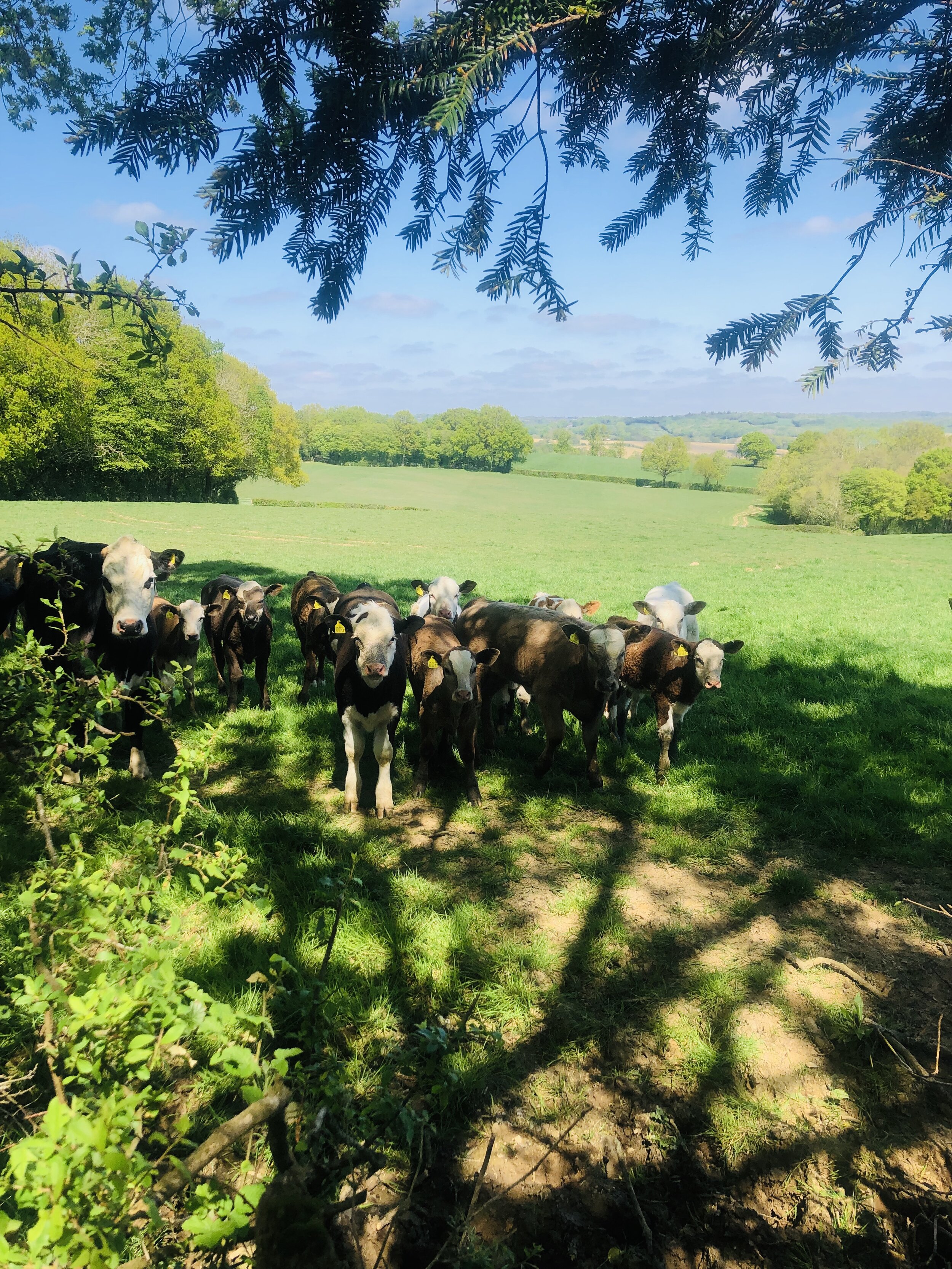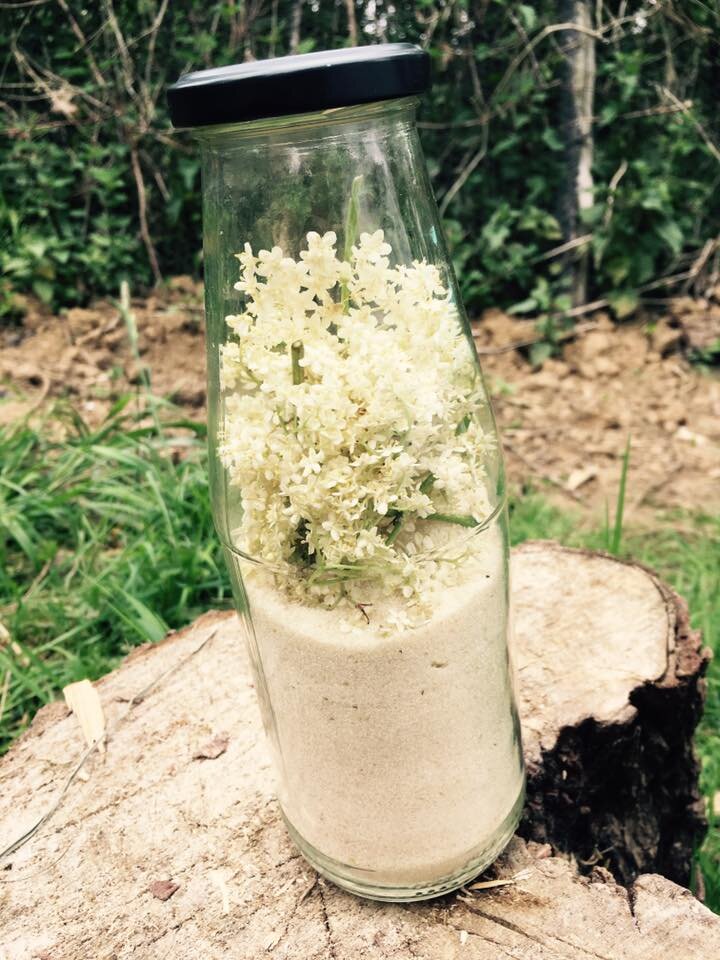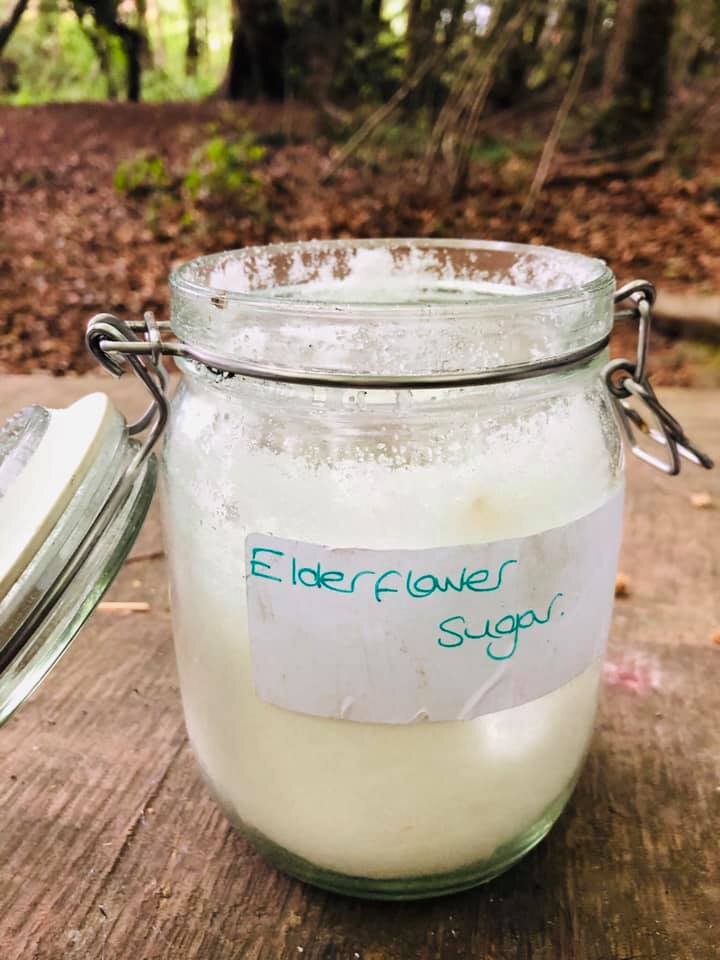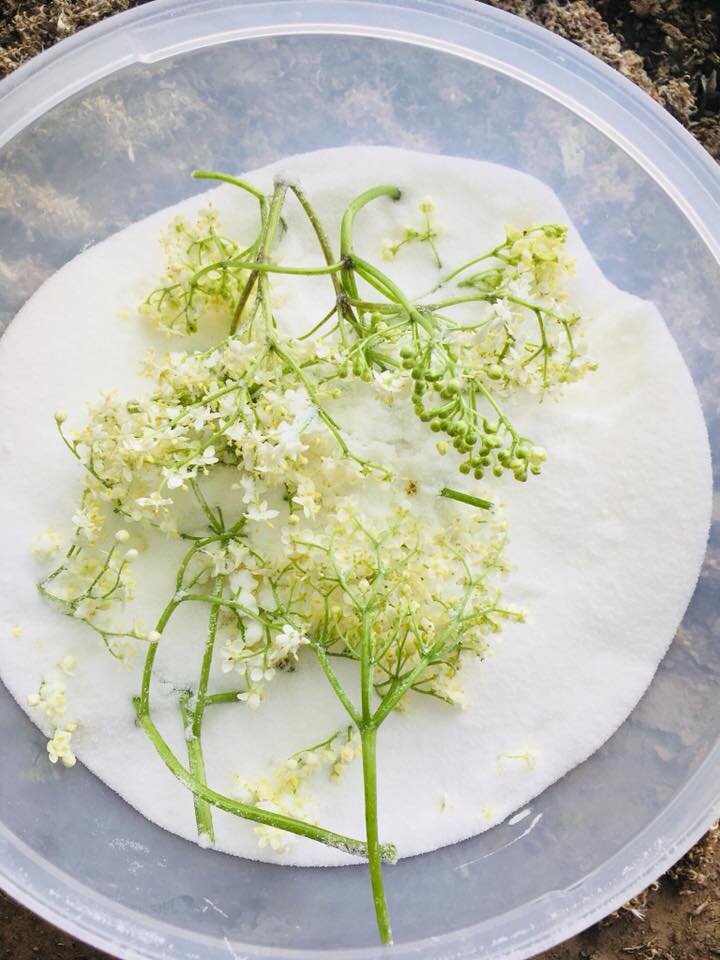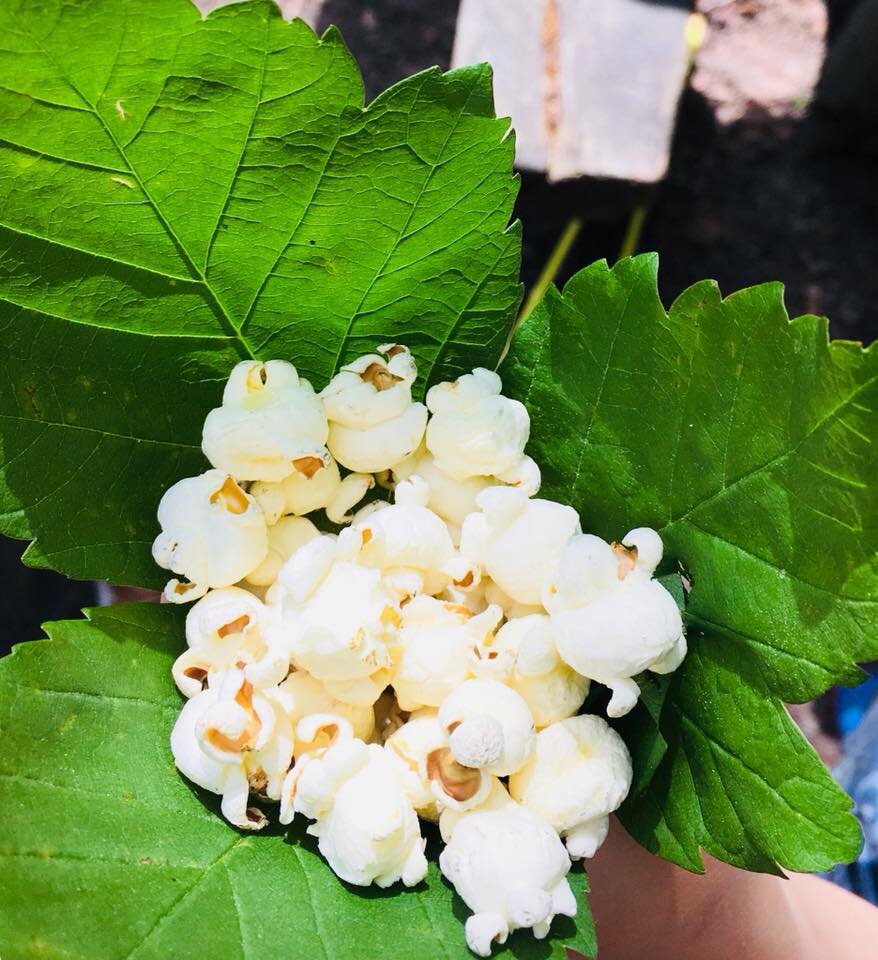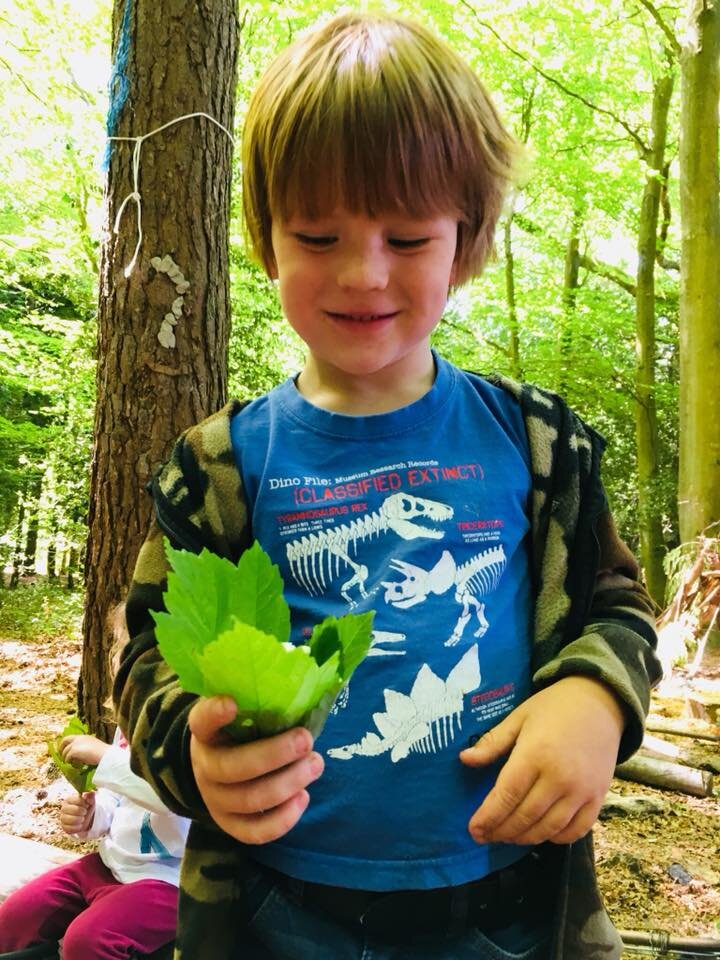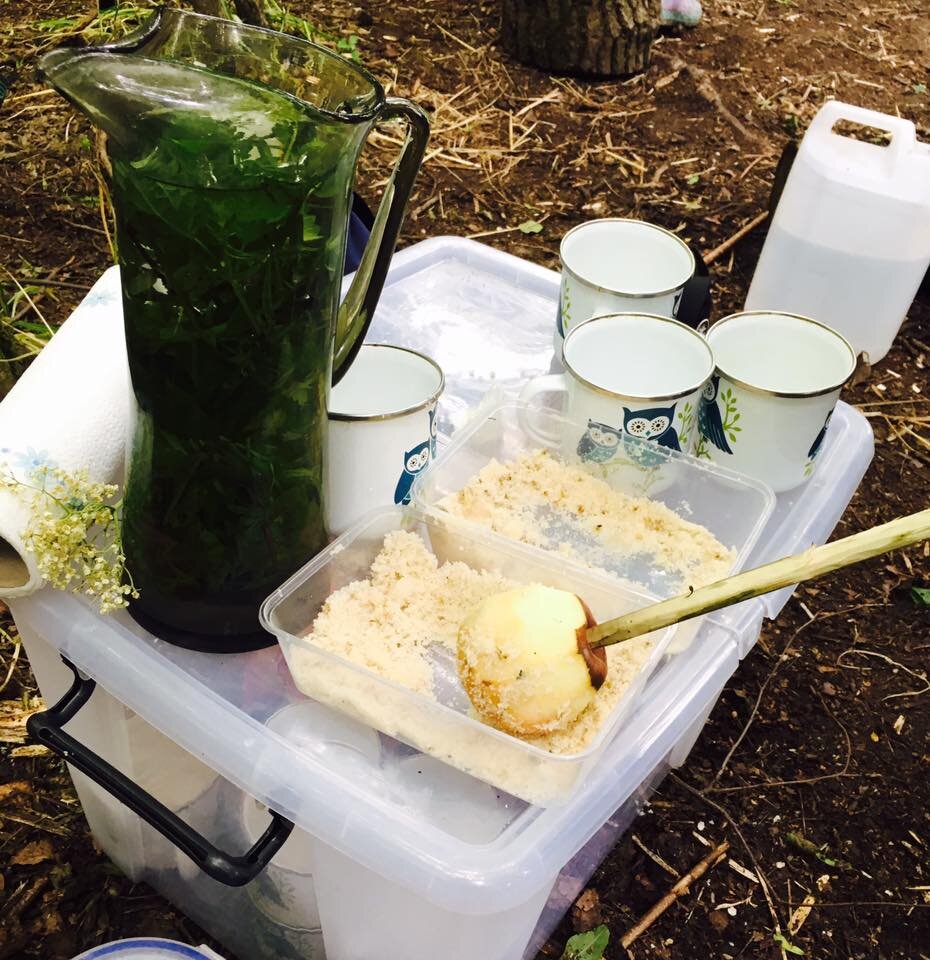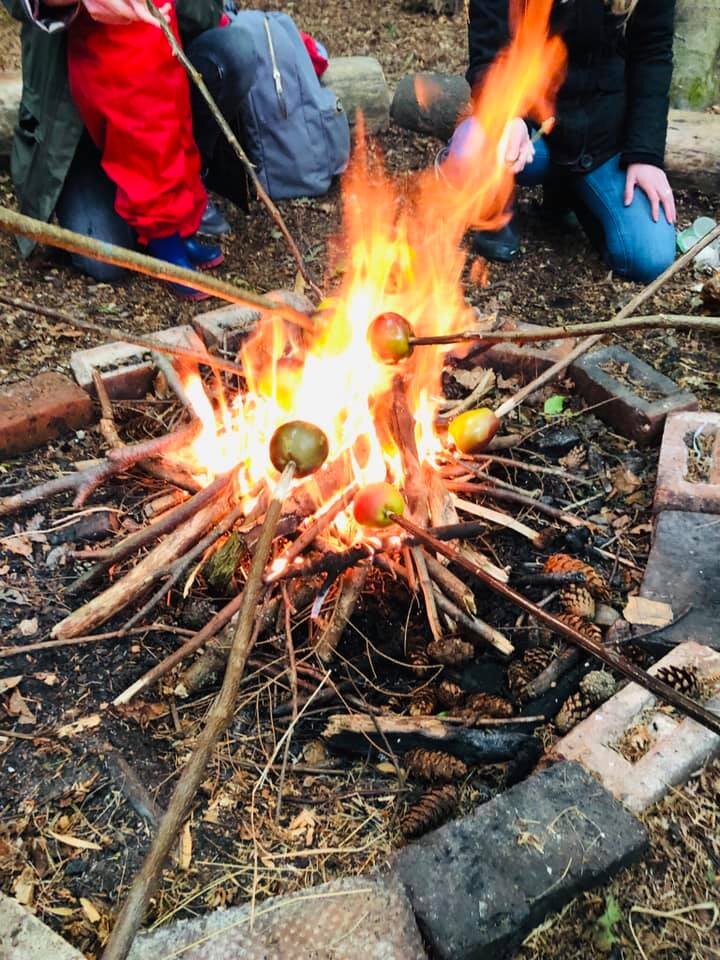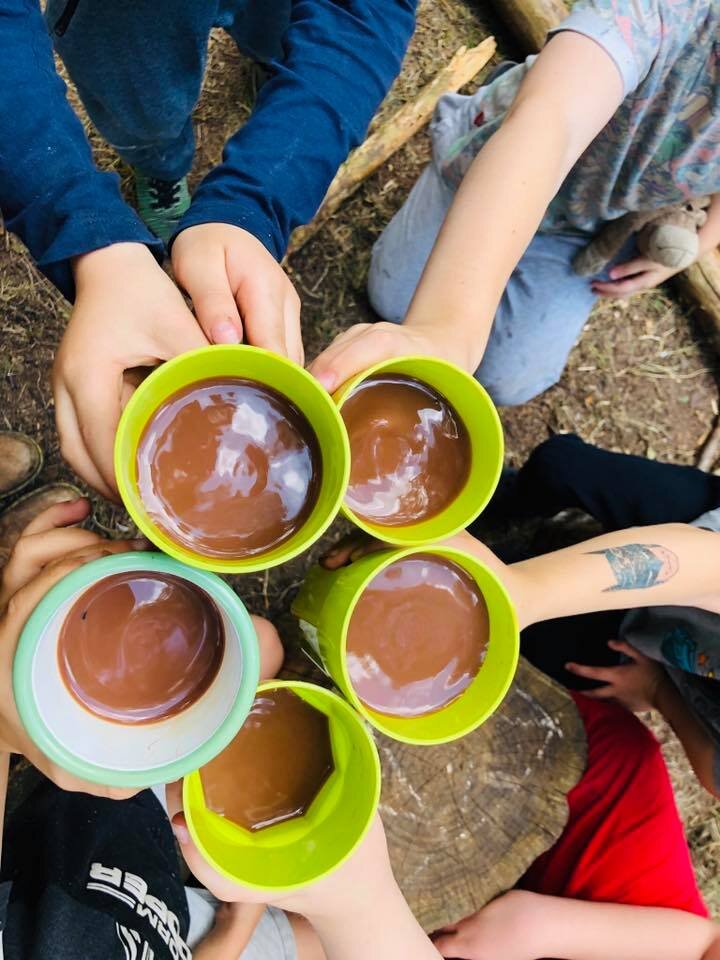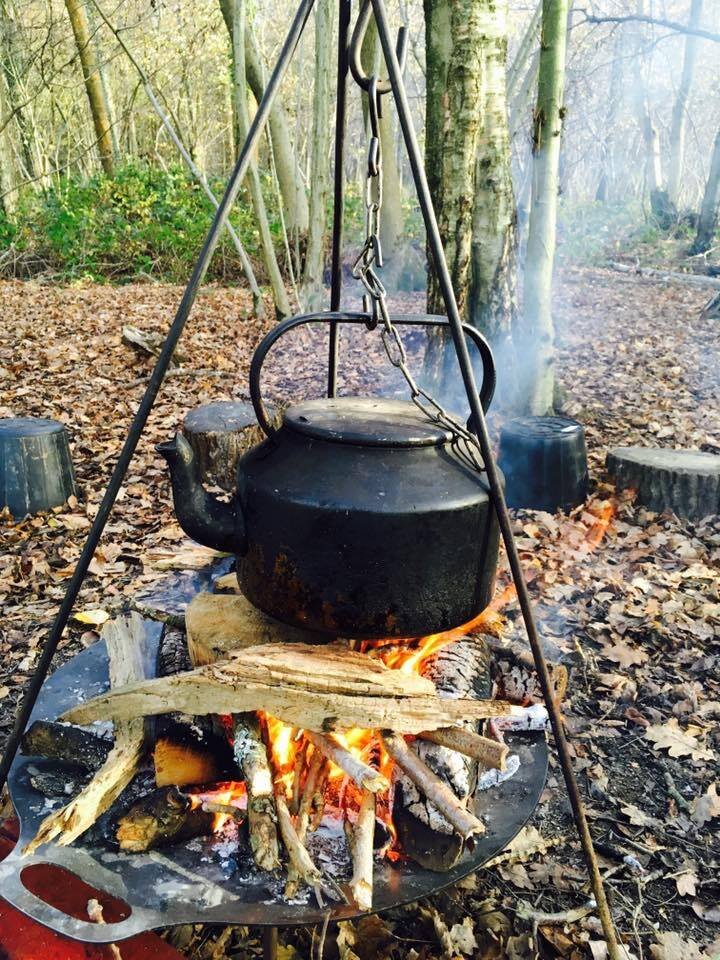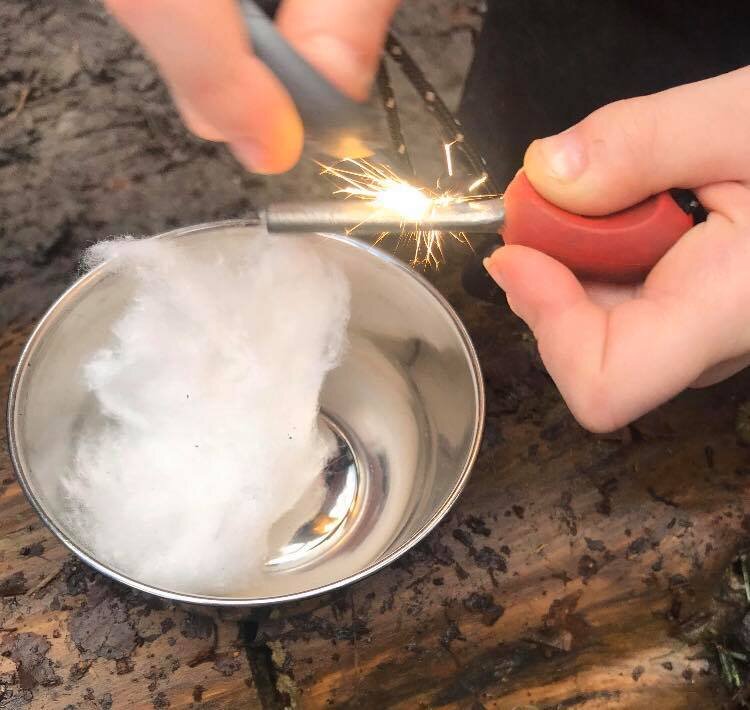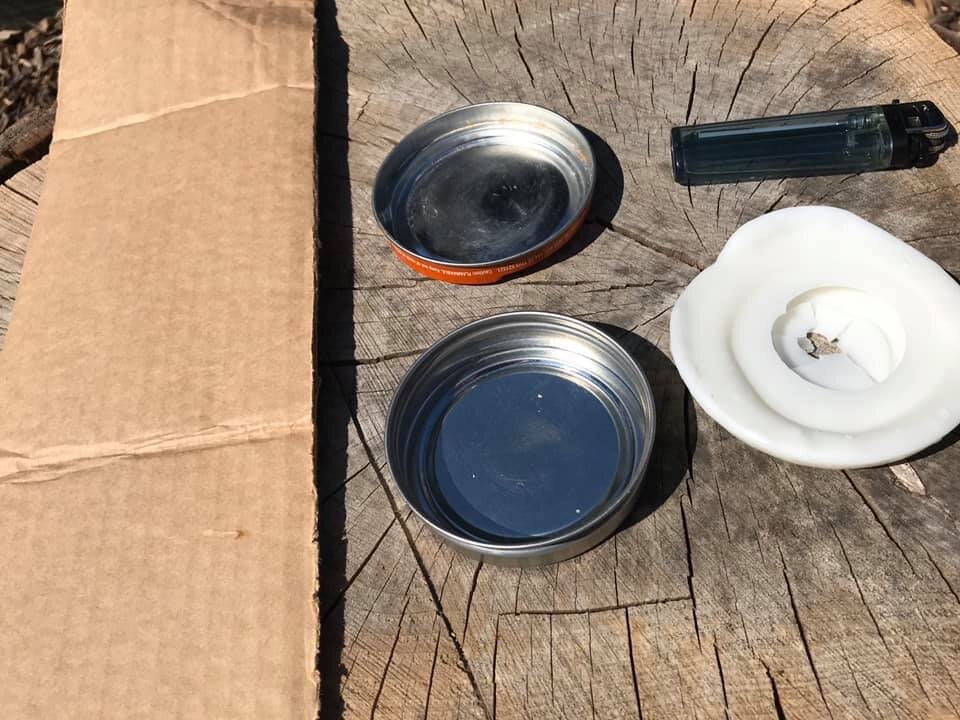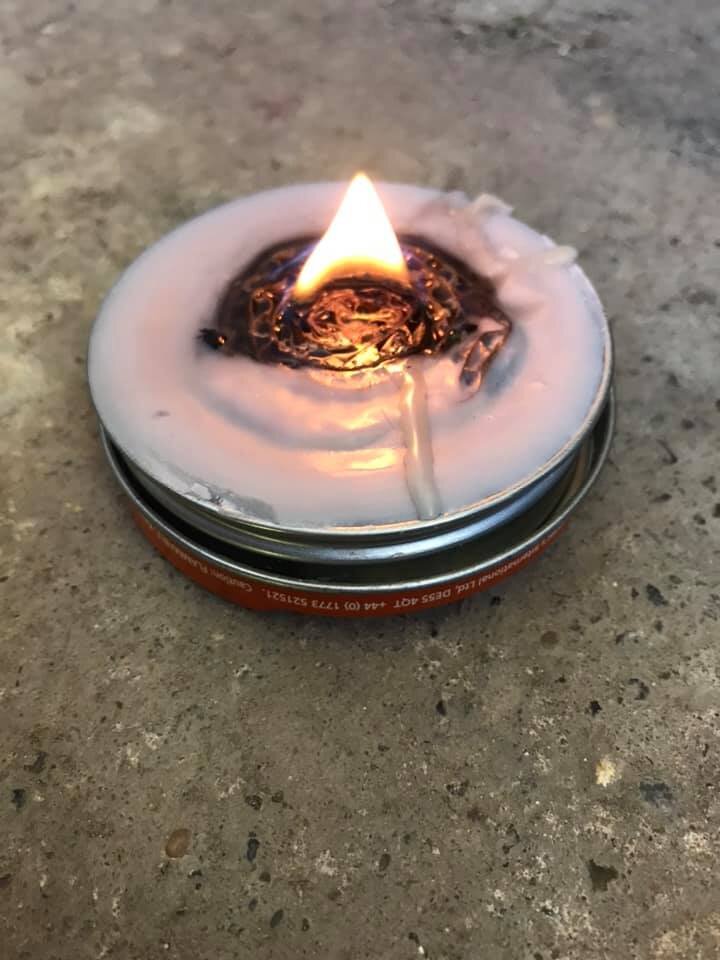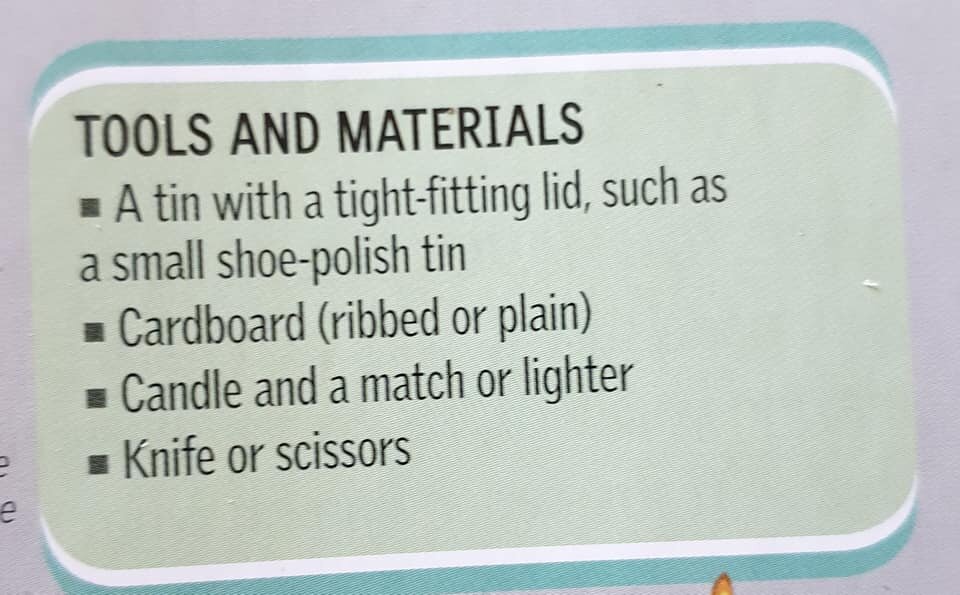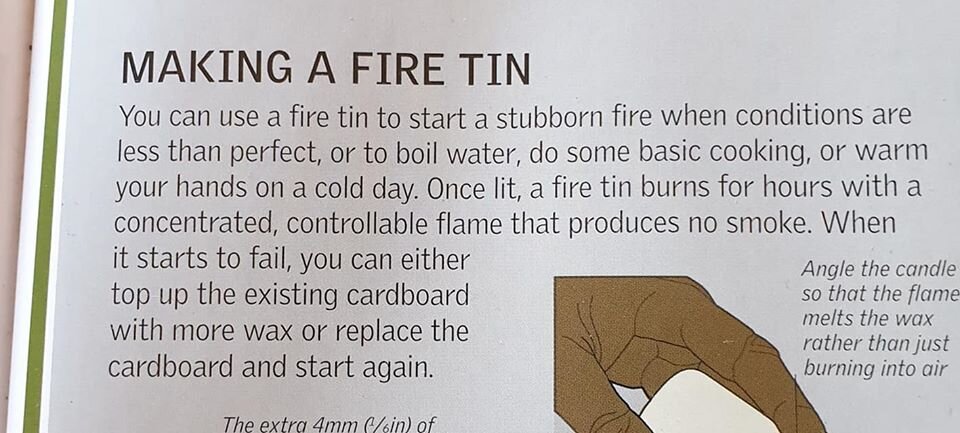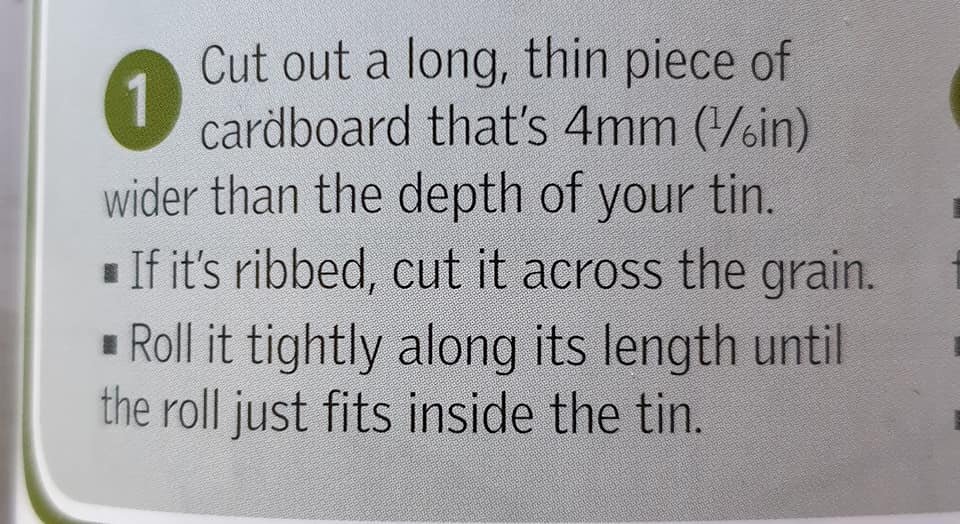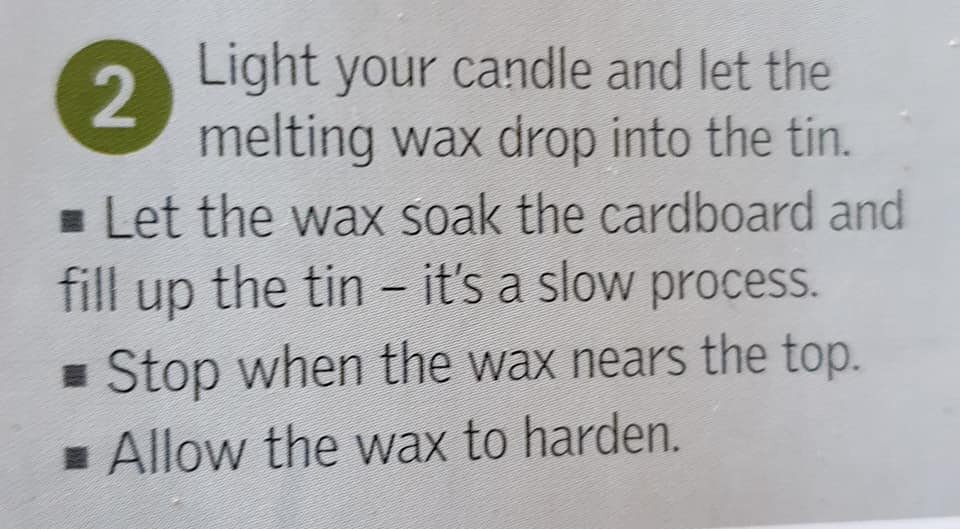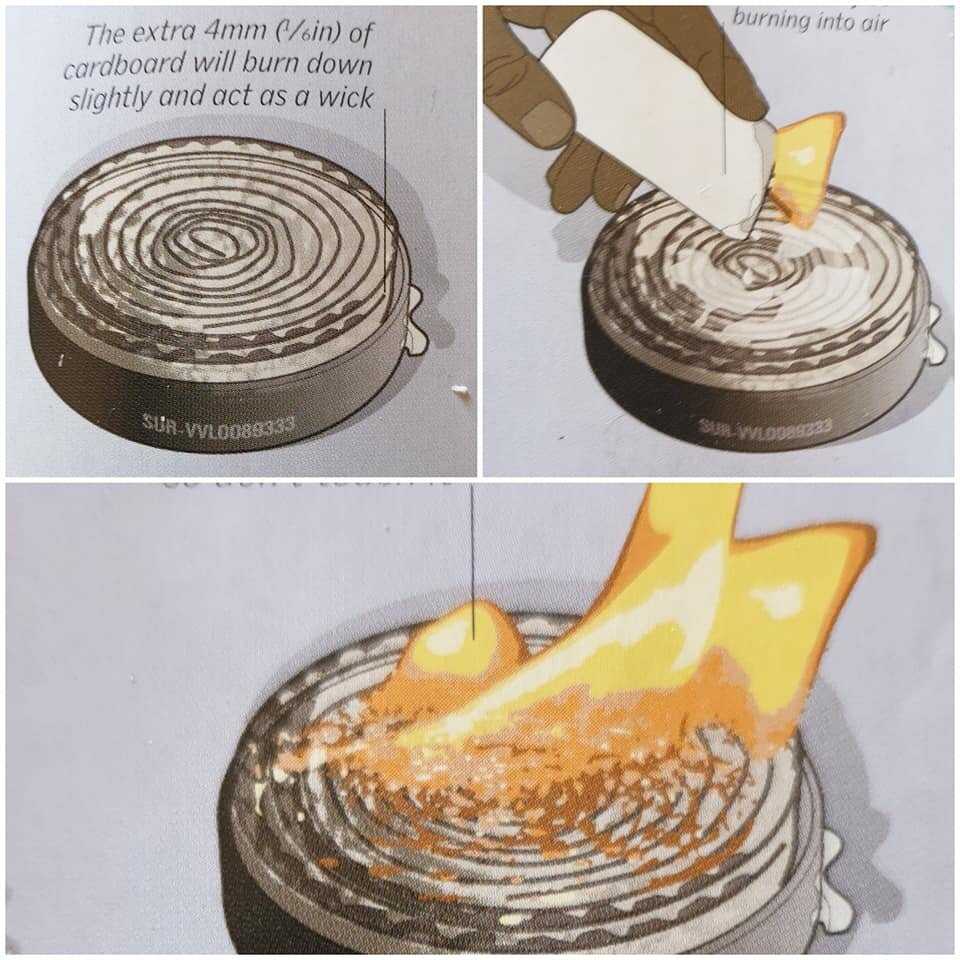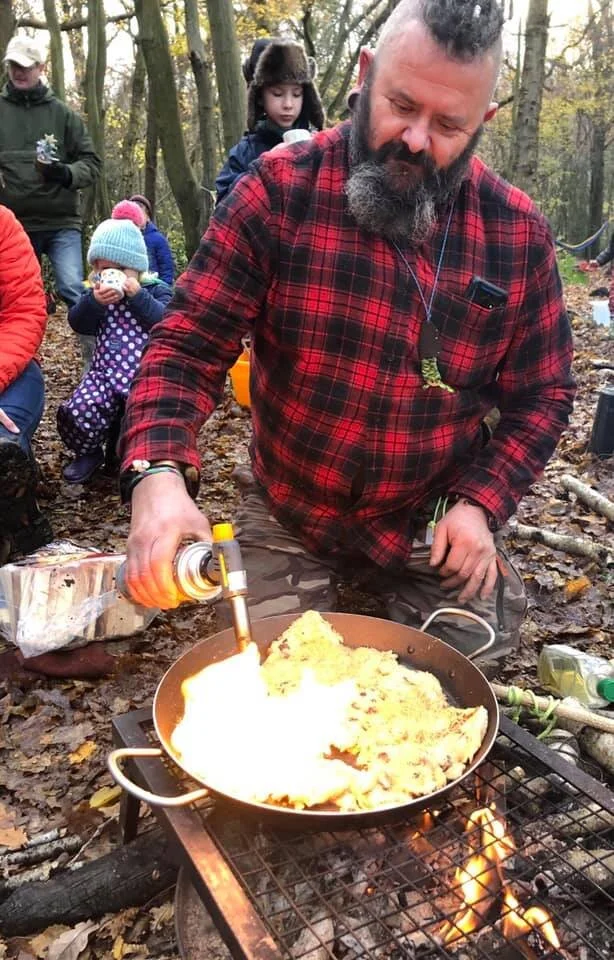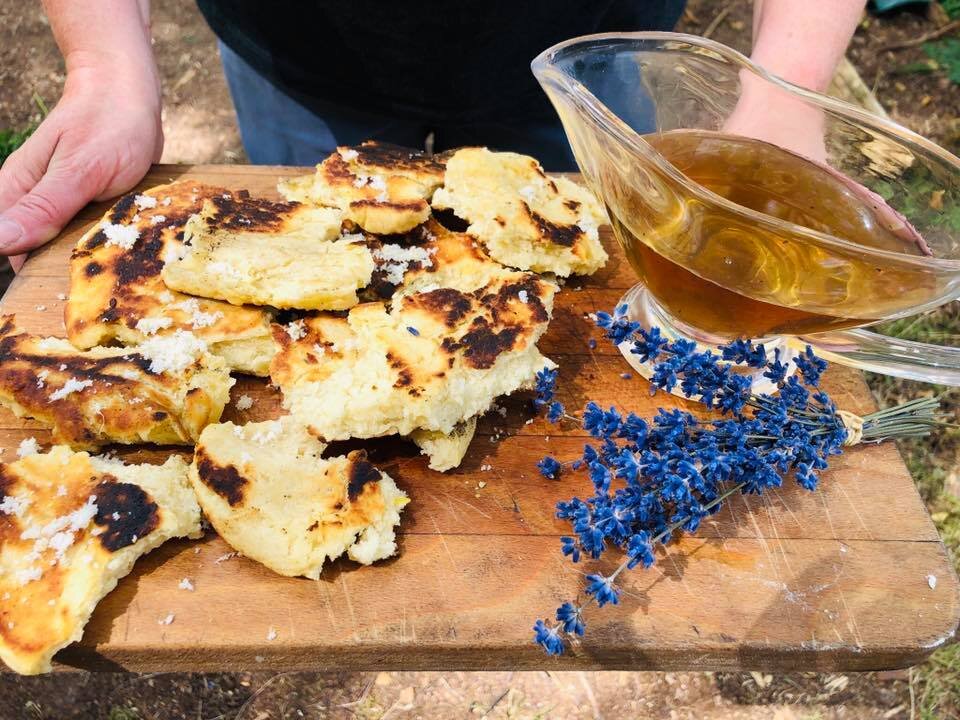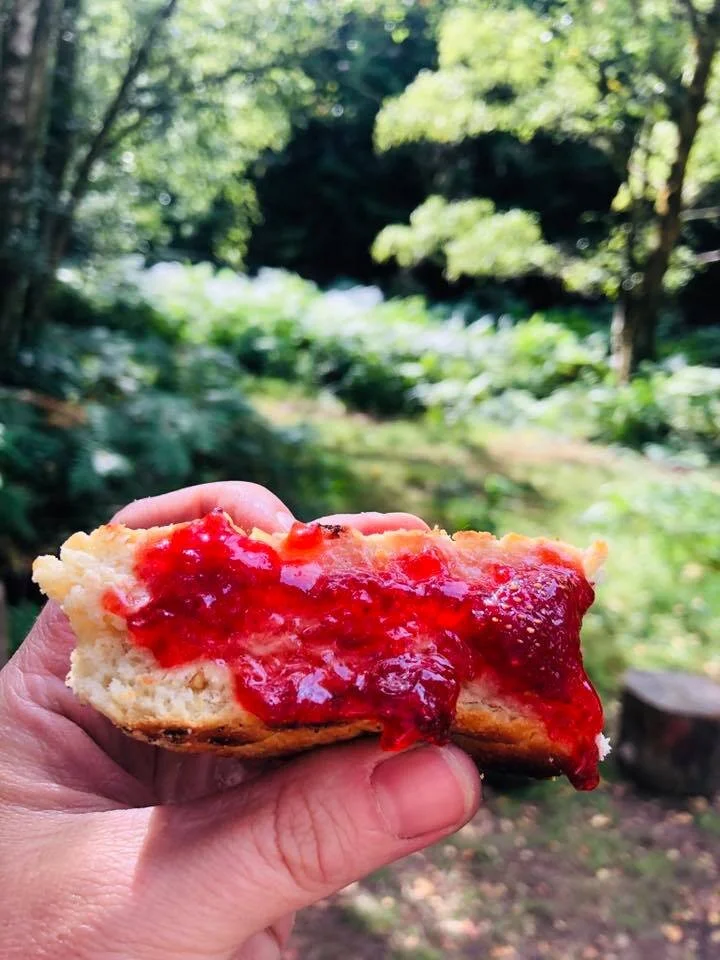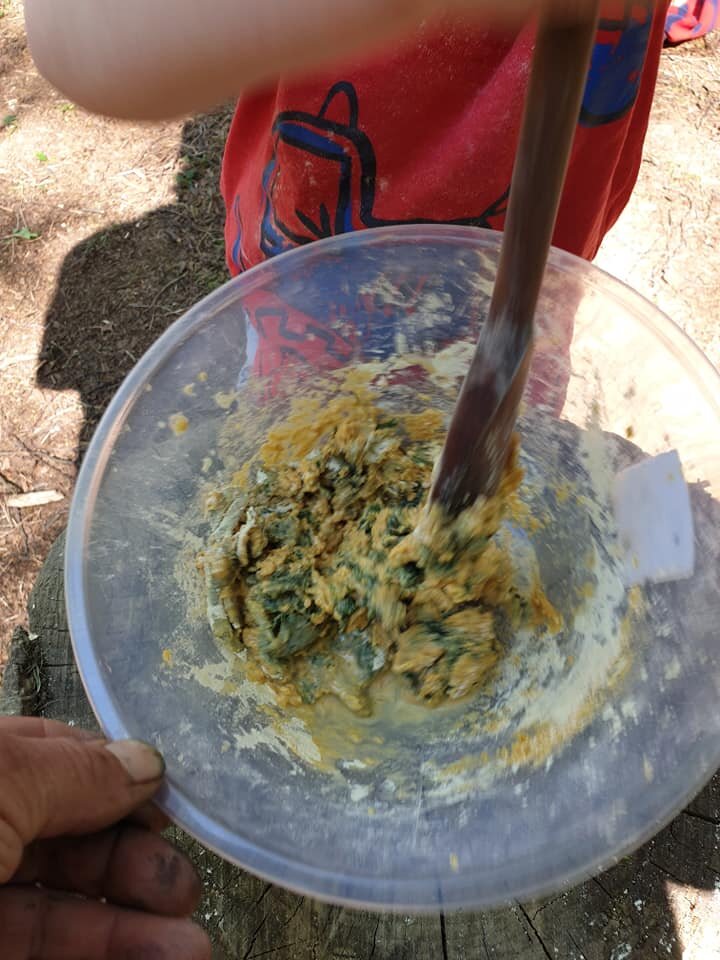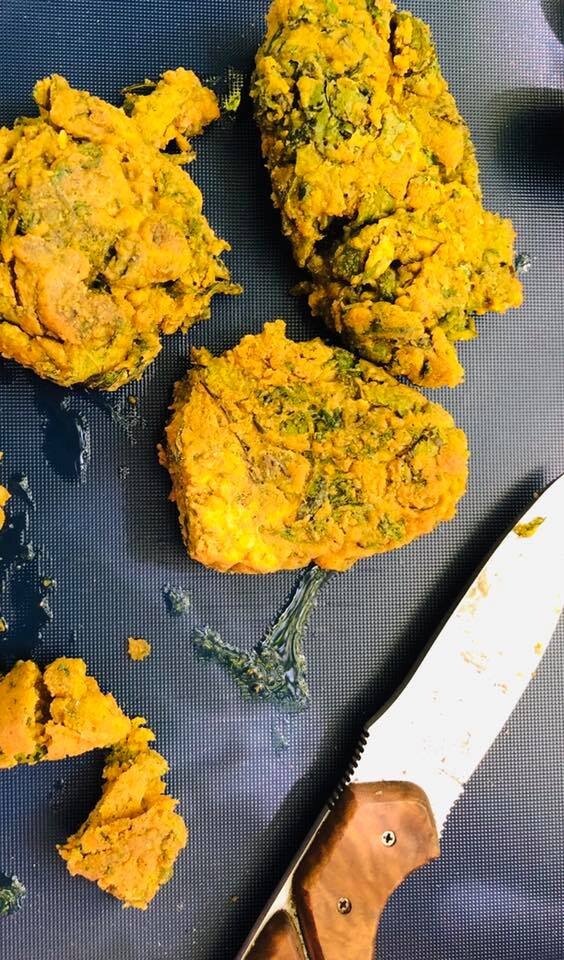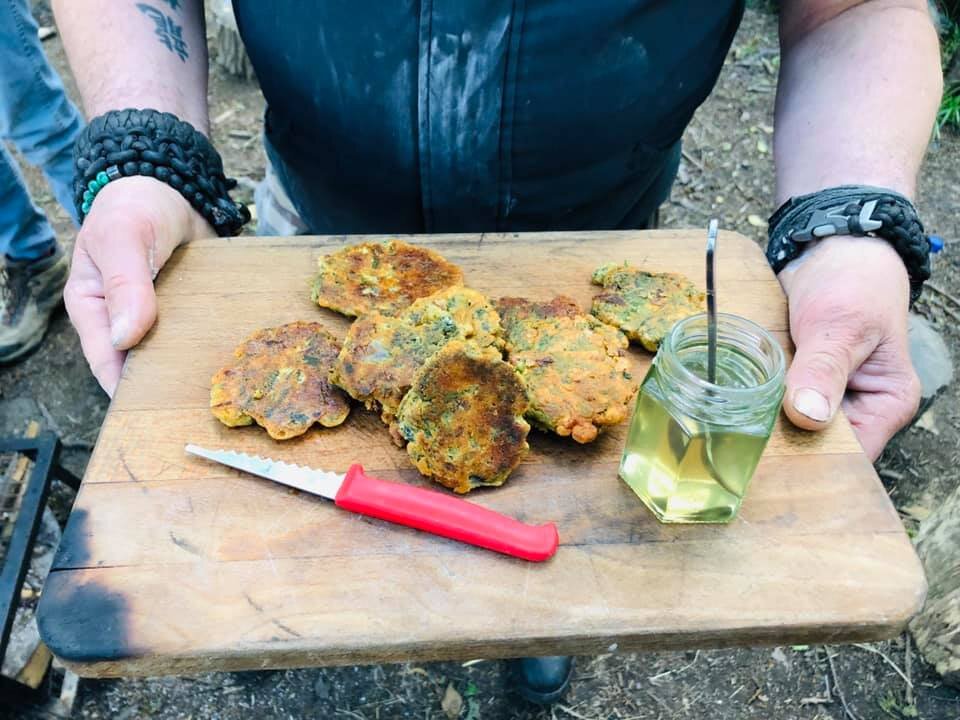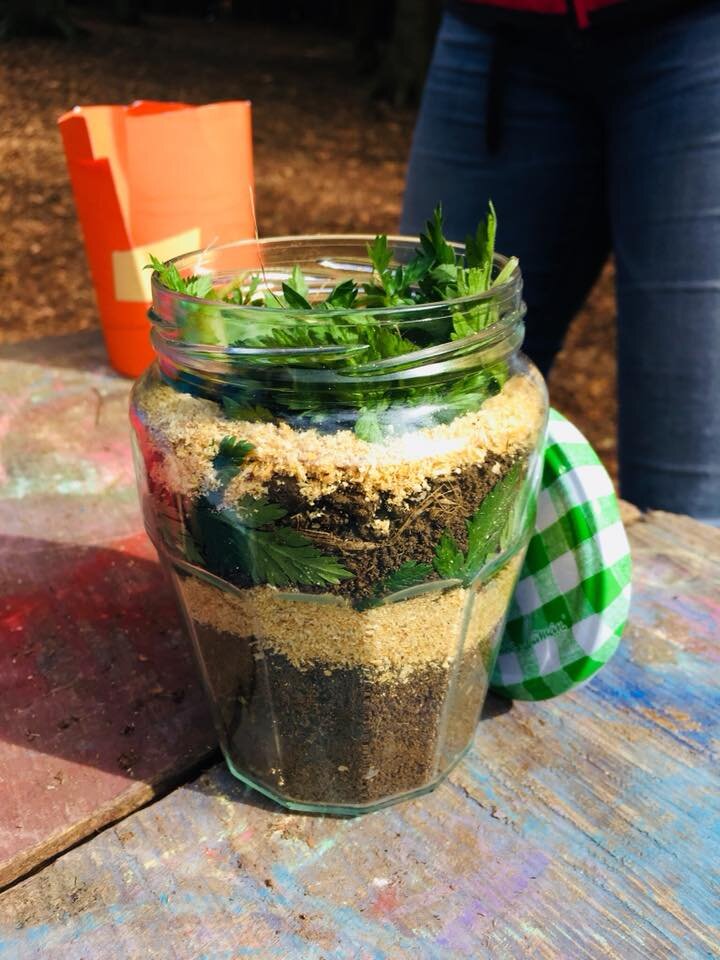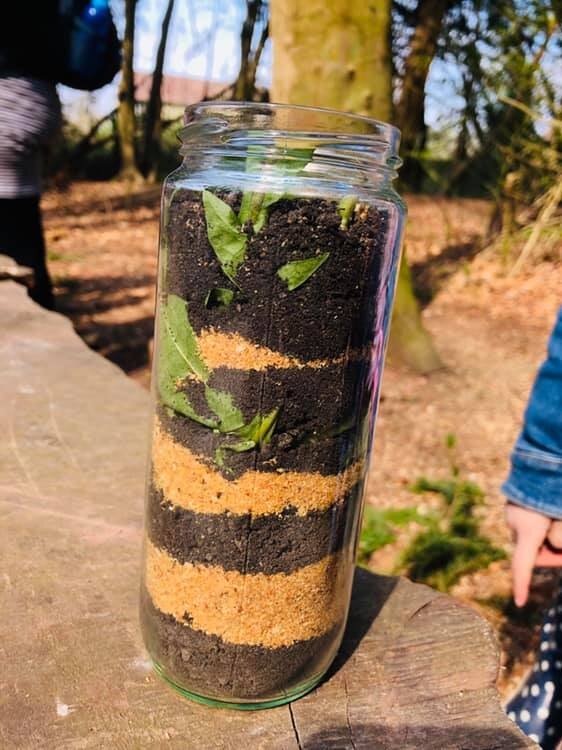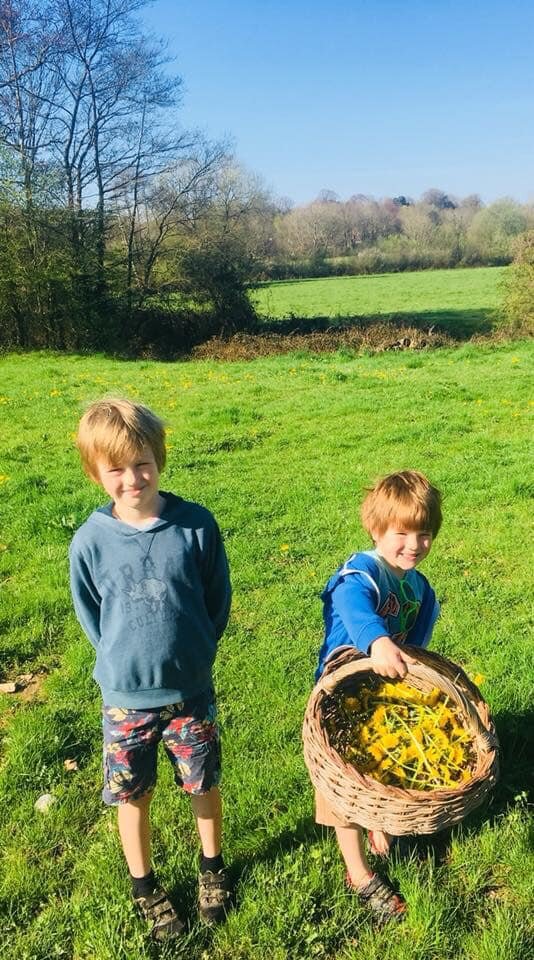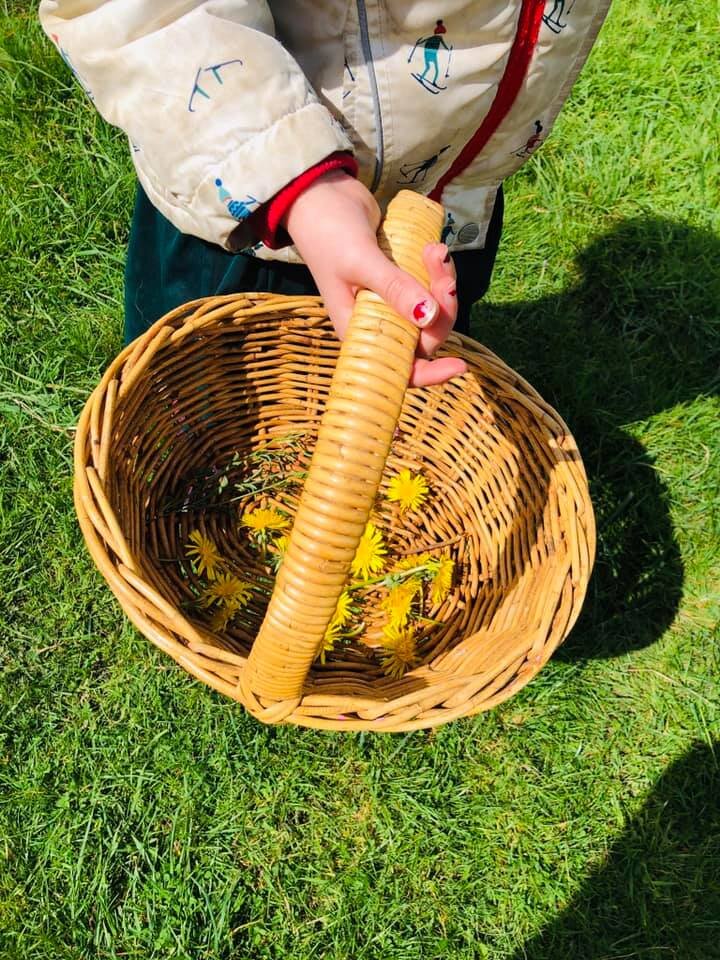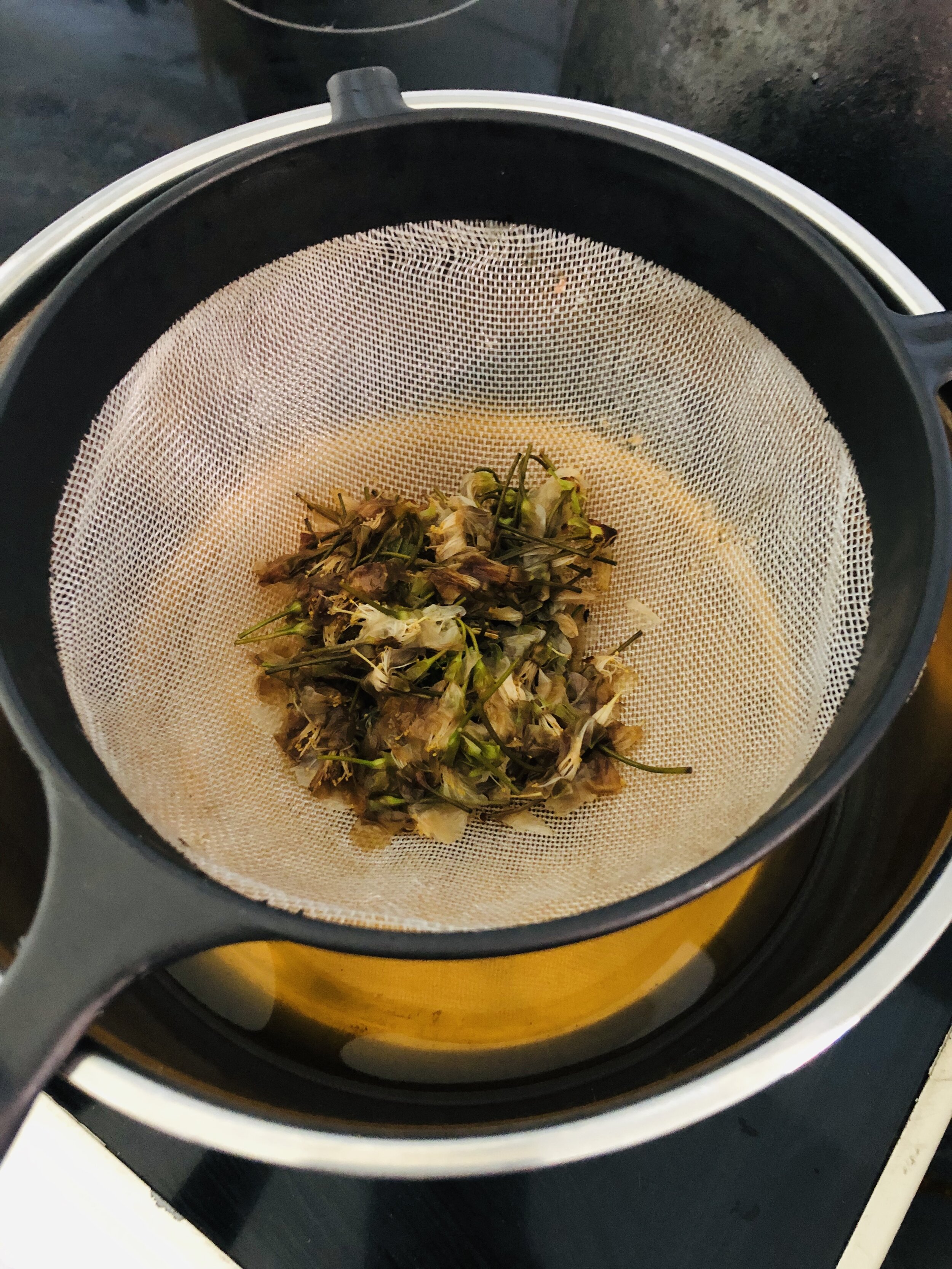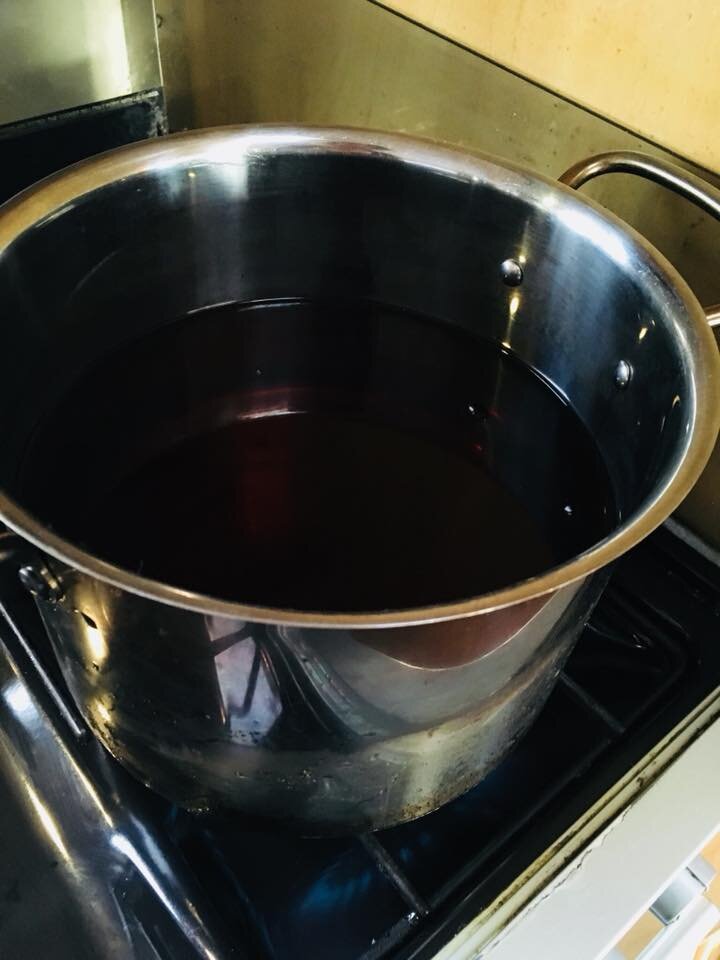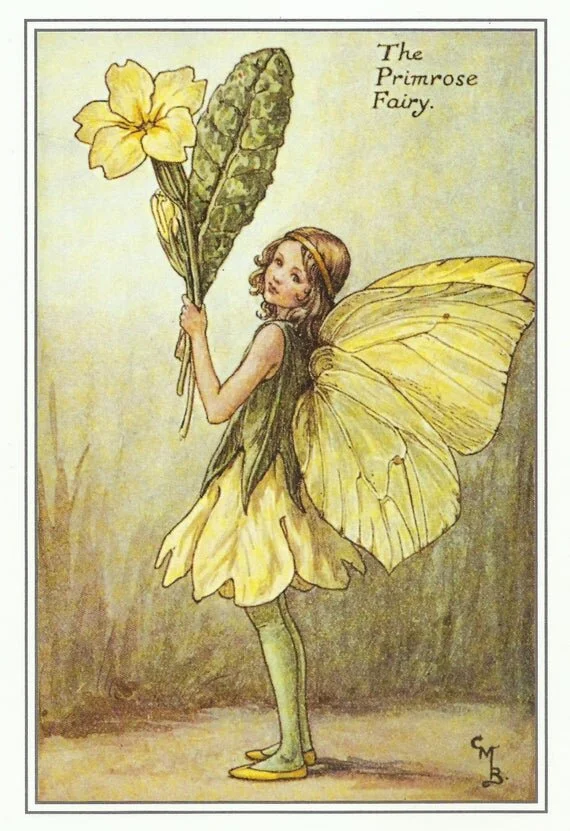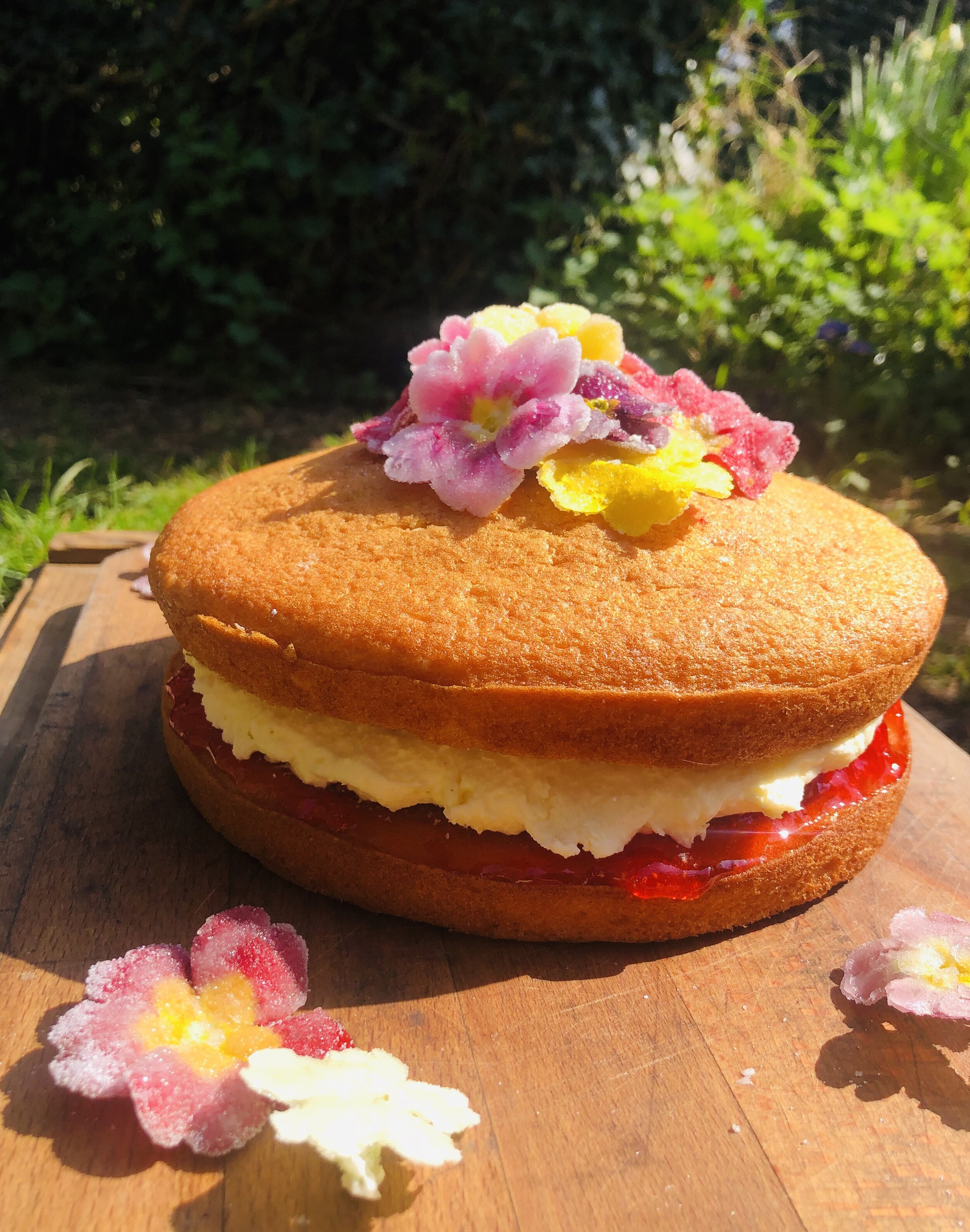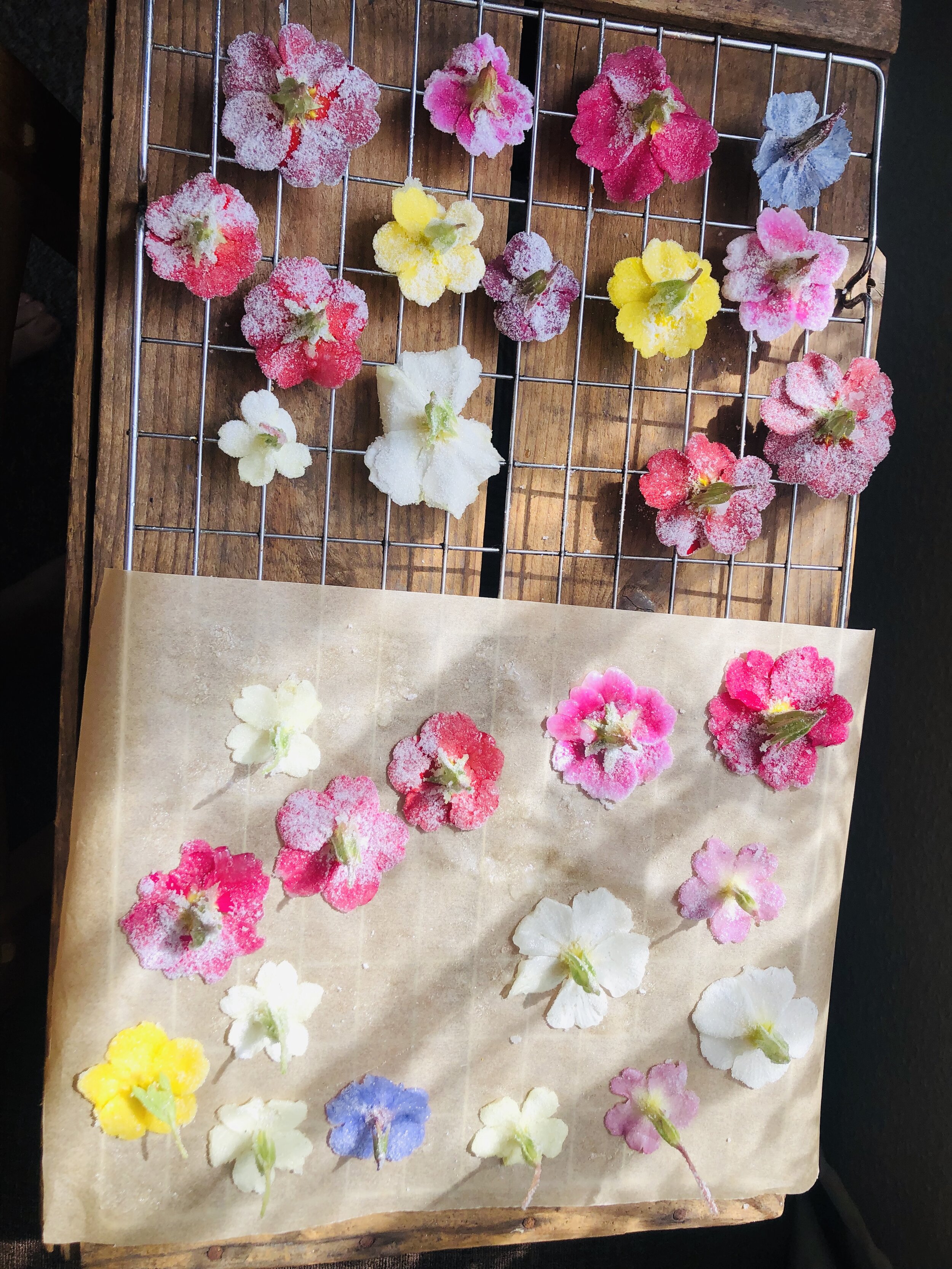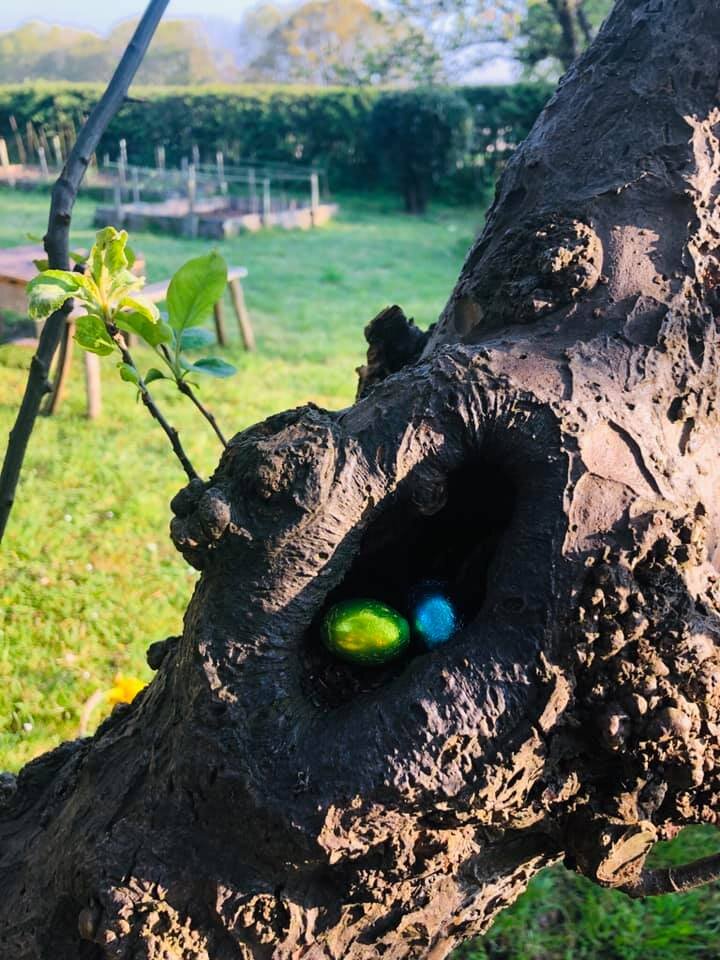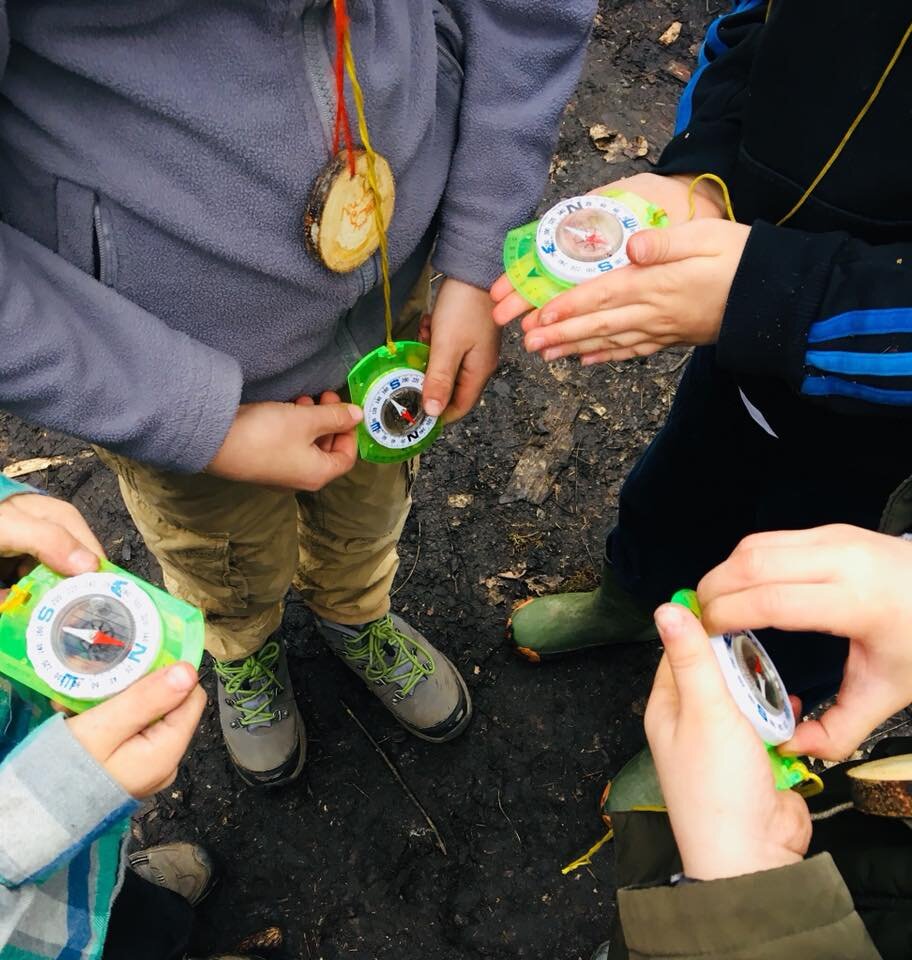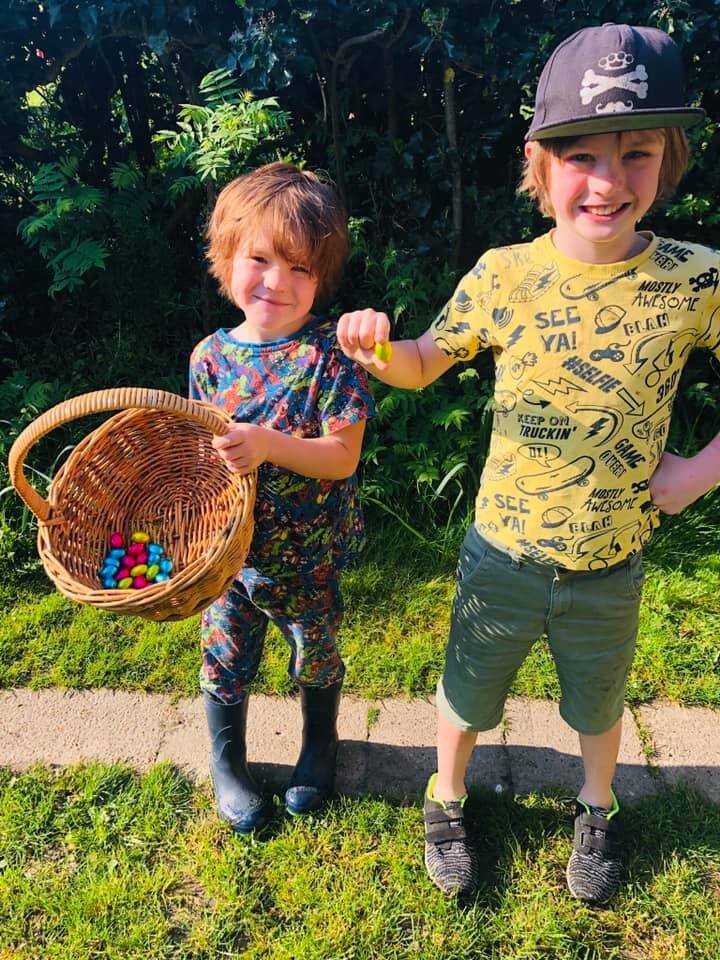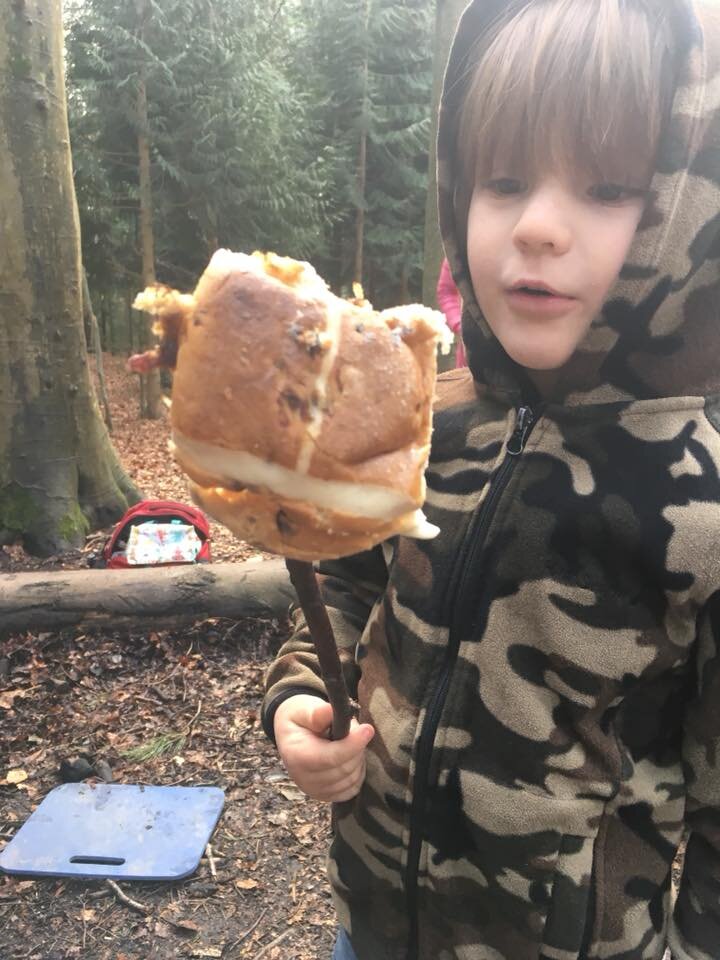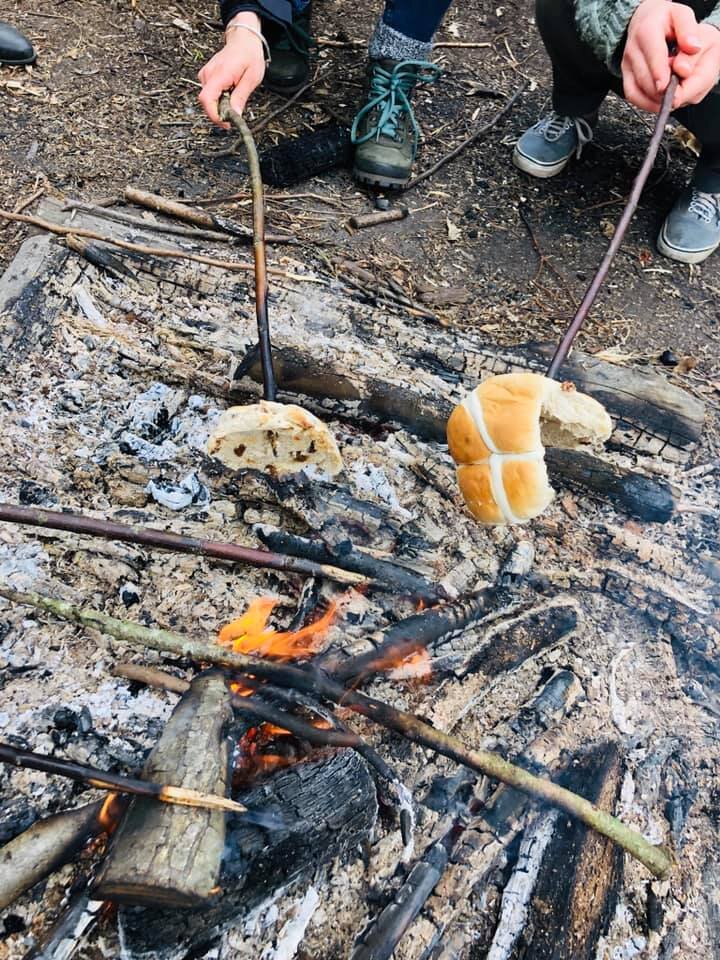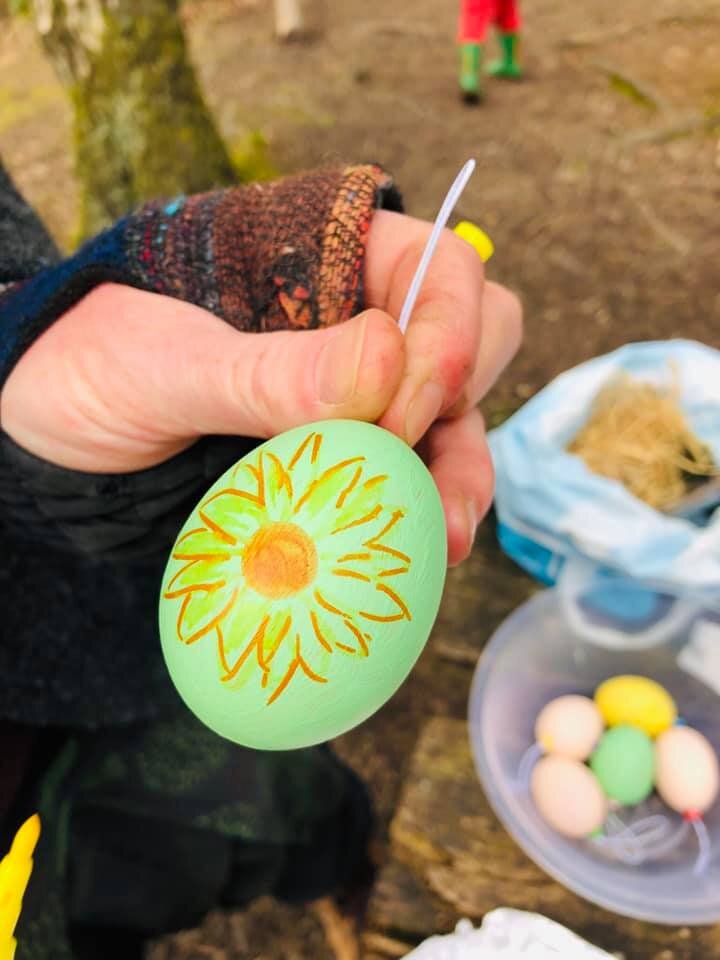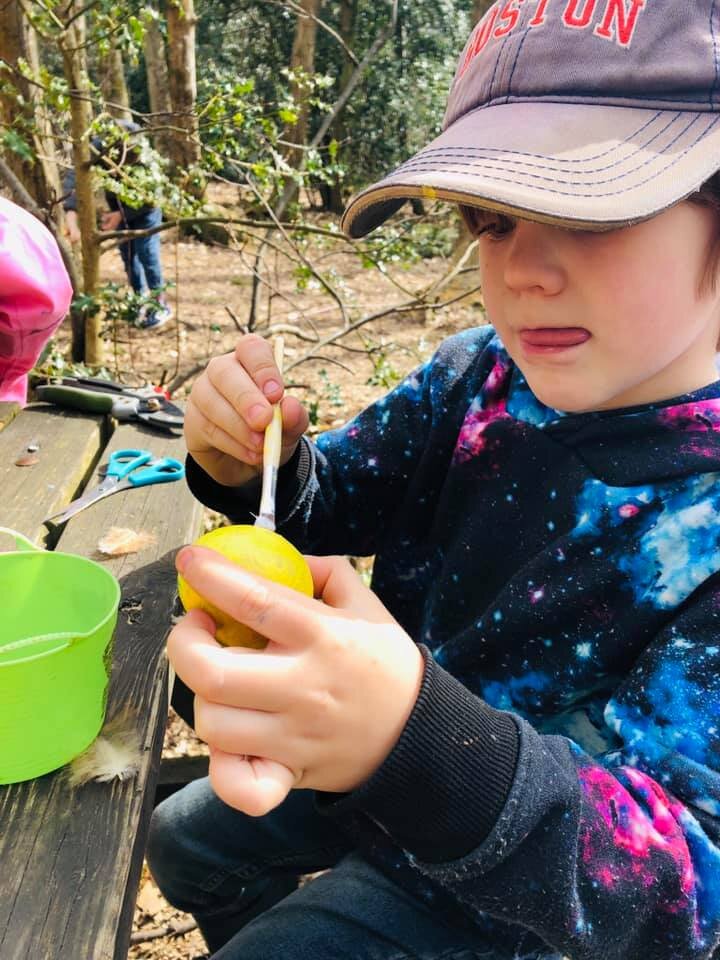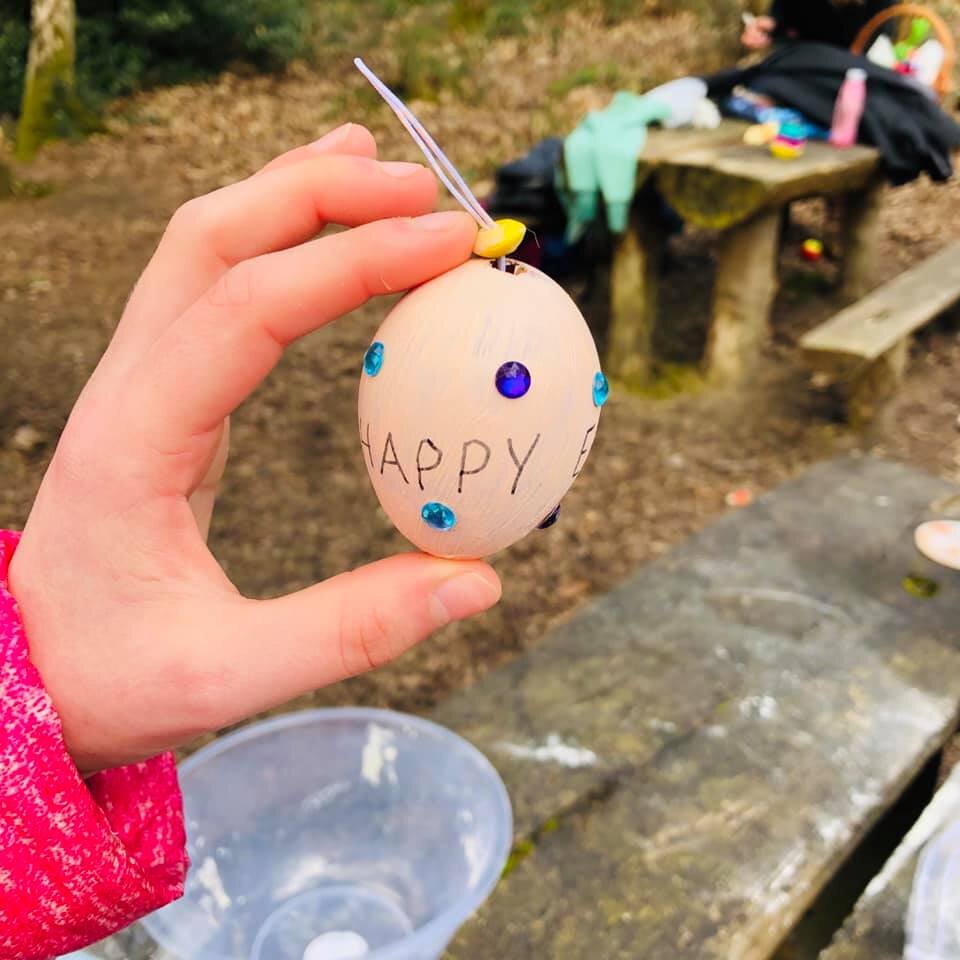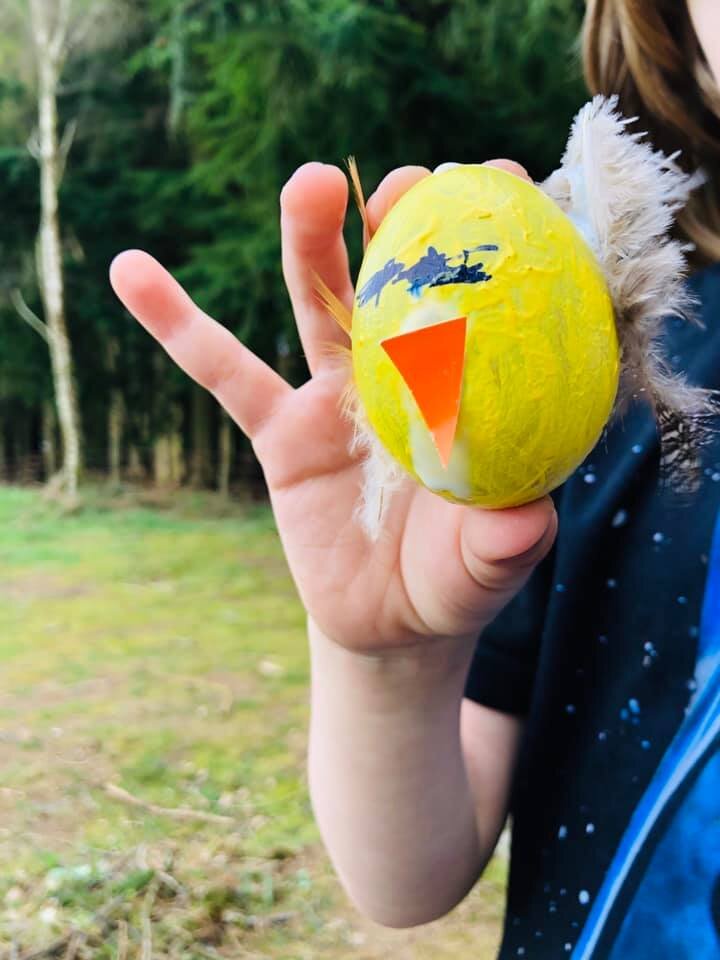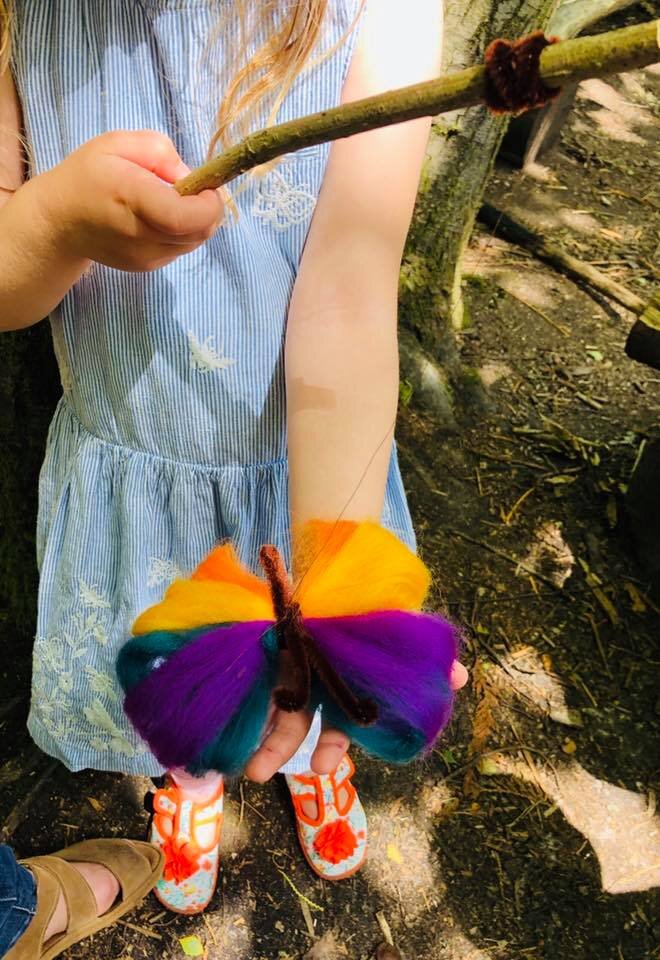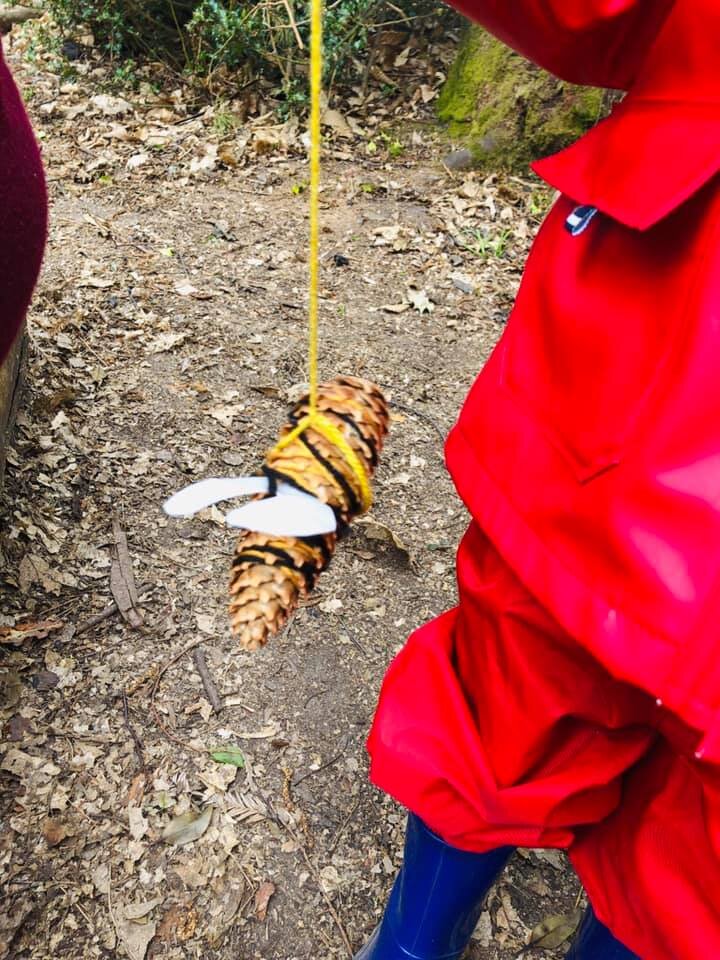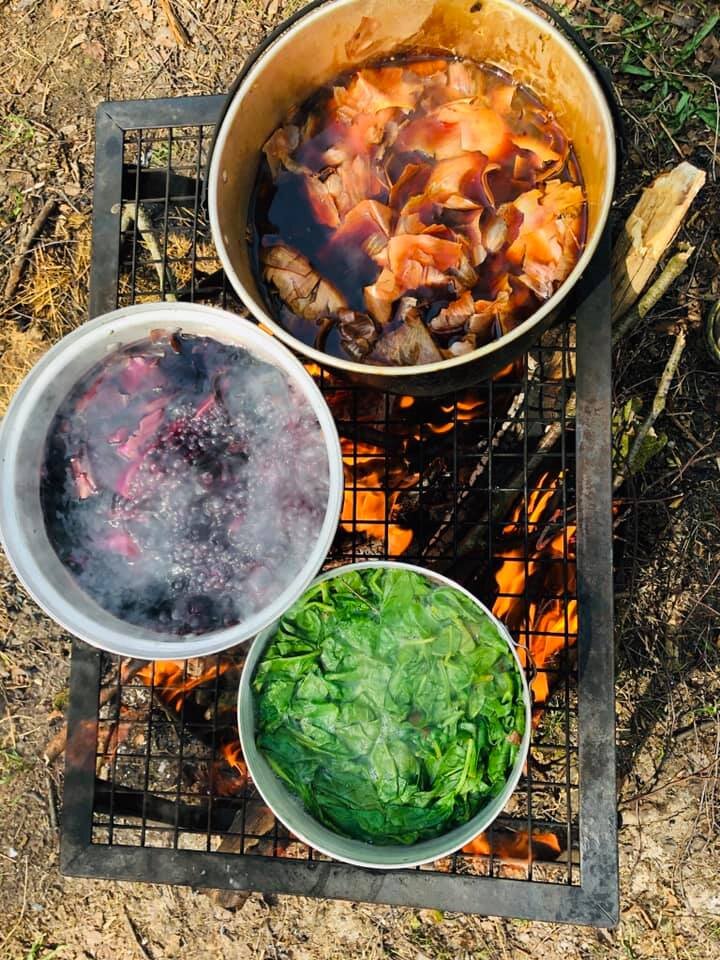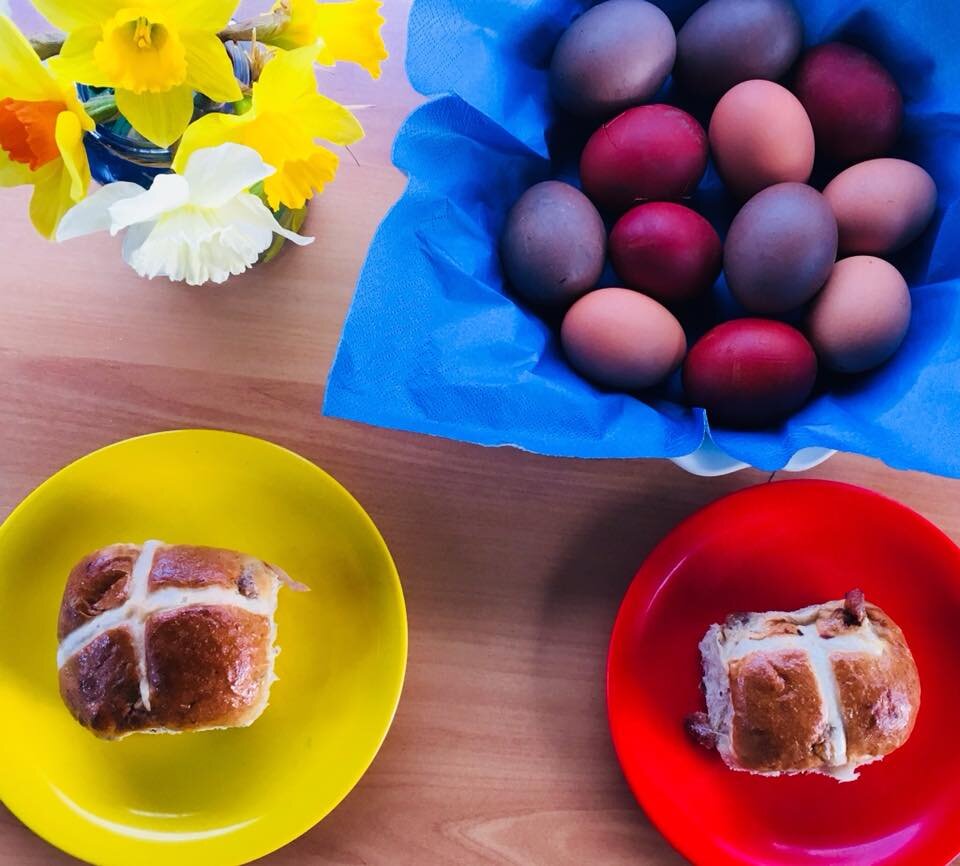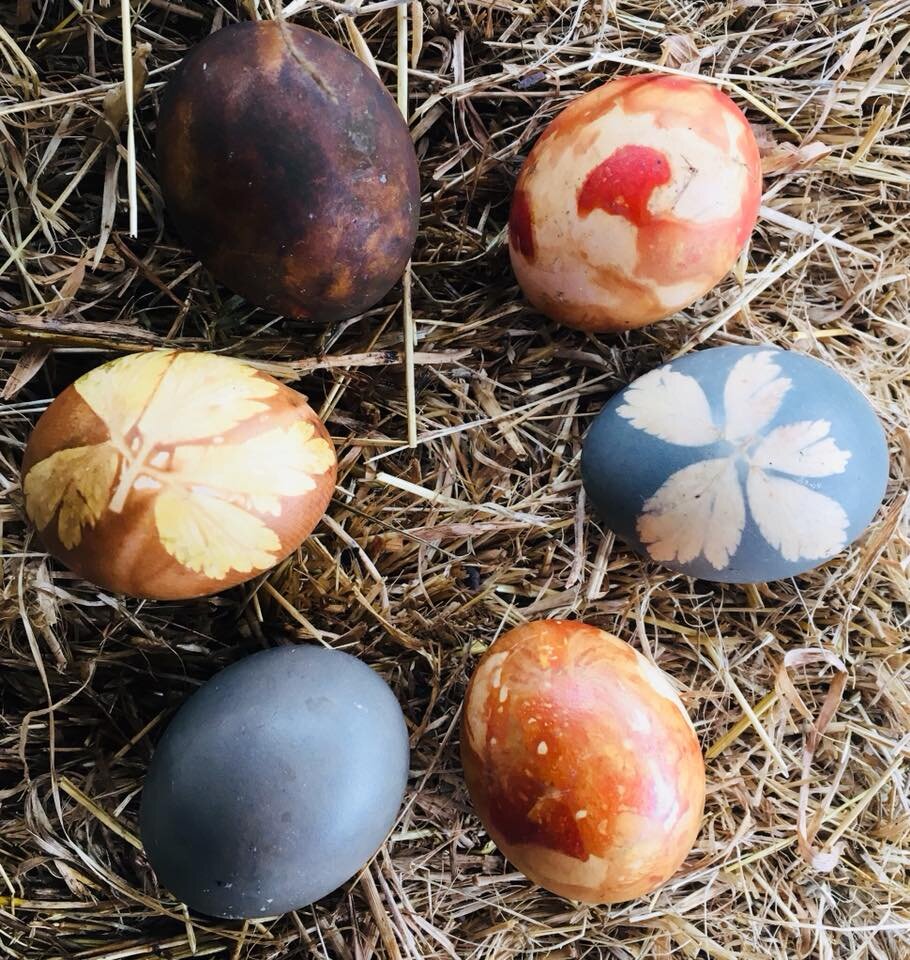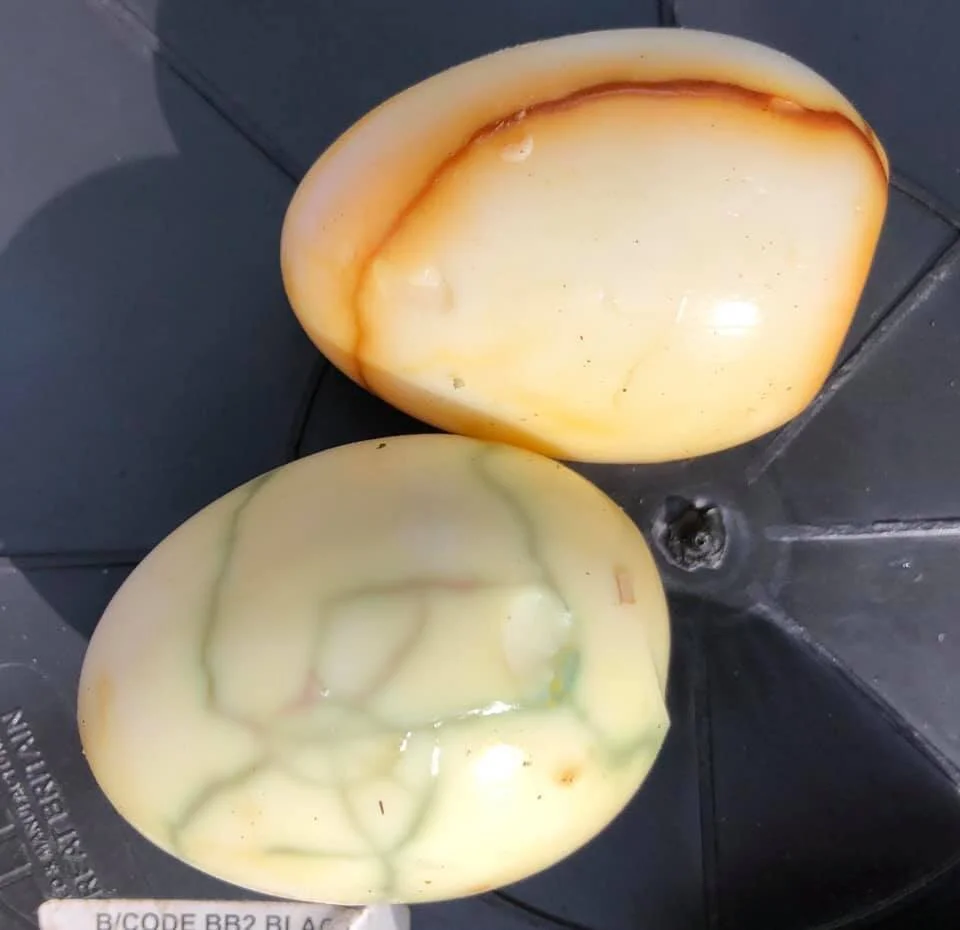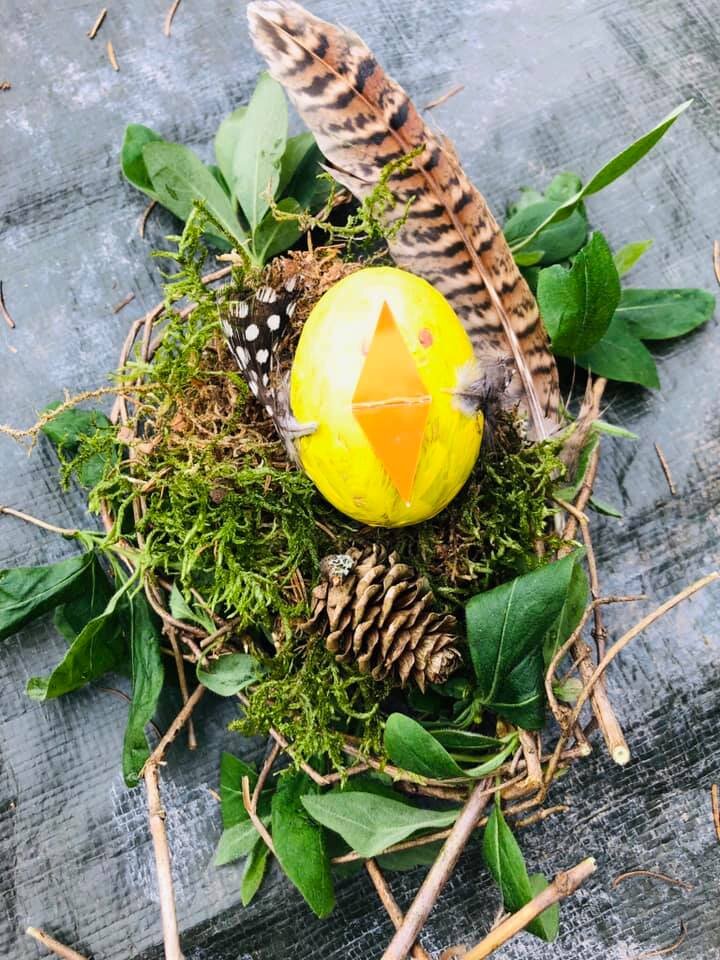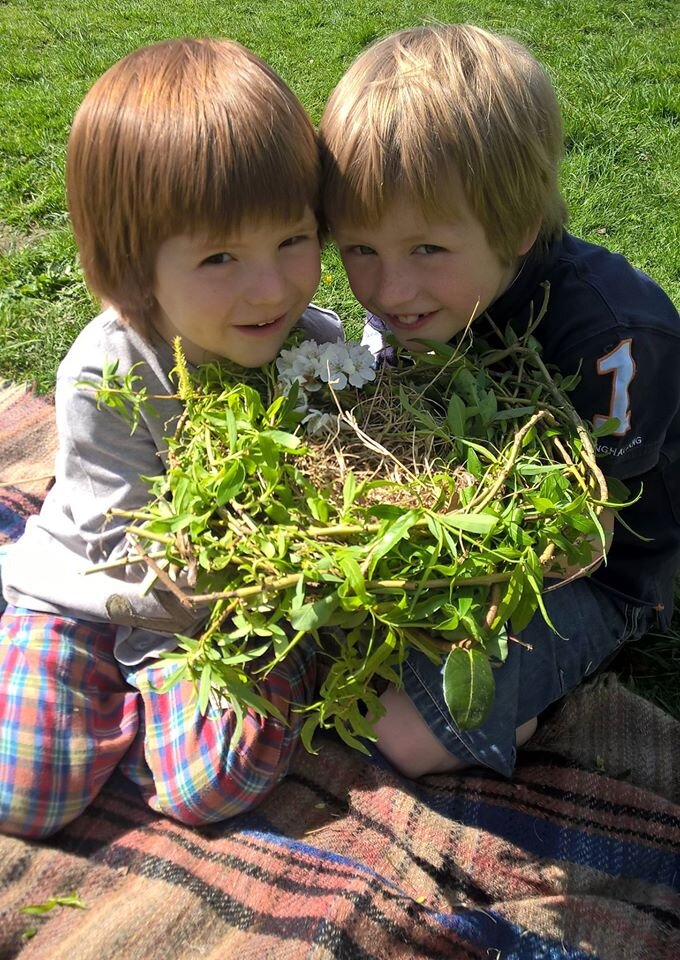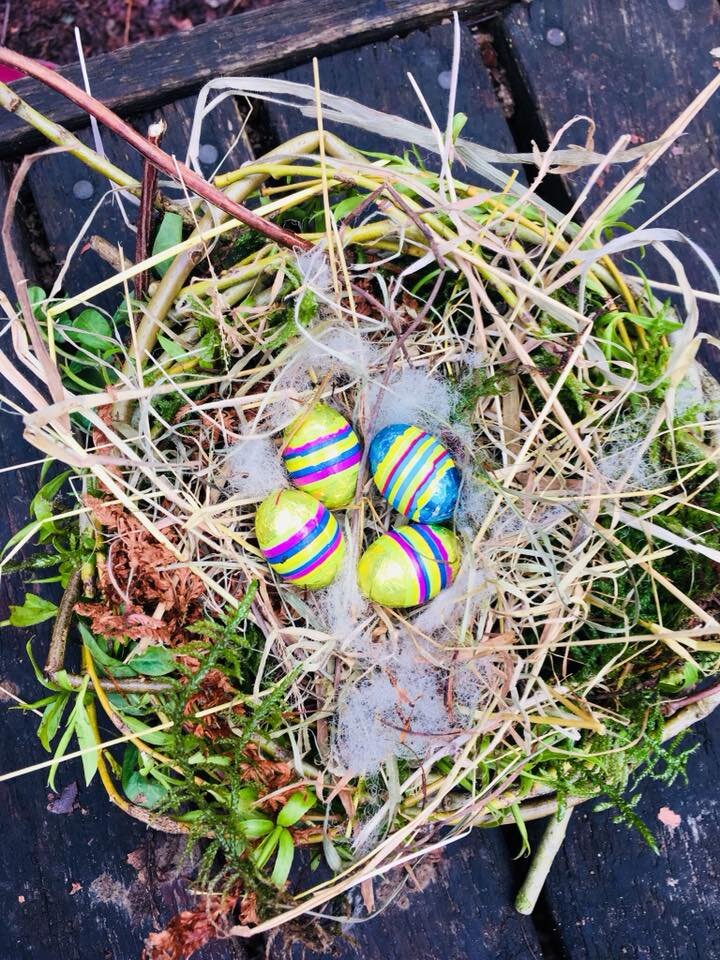Bullroarers
/By Mel Evans and Kevin Fuller
We love playing about with different ideas and the good ones are often shared as activities at our Family Forest School Sessions or our Dangerous Dads Sessions. We are tinkering around more than ever at the moment and testing ideas wherever we can.
Kev has taken inspiration from the Australian Aboriginal People and has been having a go at making Bullroarers. These were used to create ceremonial music as well as to communicate over long distances. It is worth noting that although these are most frequently associated with Australia (In no small part due to Crocodile Dundee) anthropologists have found examples all over the world.
Here is Mick Dundee in action.
All you need to make a Bullroarer is a flat rectangular piece of wood with a hole drilled in it for the string to be threaded through. Historic Bull Roarers have been found in all different shapes, but this is more a mark of the culture they come from than their aerodynamic abilities.
We are looking forward to making these in the woods. We plan to cleave slices from a beautiful chestnut log with a billhook. However, in reality a piece of pallet will do and Kev even got good results with a cardboard Bullroarer.
If you want to whittle your Bullroarer into an interesting shape the grain must run the length of the piece of wood. We supervise children closely when whittling and make sure they wear a rigger glove on the hand holding the wood. An alternative is to shape the wood with a potato peeler, although a glove on the ‘helper hand’ is still useful.
You don’t have to shape your Bullroarer and could spend the time decorating it ornately with paint or felt tip pens instead.
This Bullroarer was shaped using a potato peeler
The cardboard Bullroarer was made with a piece of card folded over and some Duct tape wrapped around it.
When its time to test your Bullroarer there are two important things to remember. Firstly stand far enough from the rest of the family so you don’t hit anyone! Secondly twist the string before you start swinging. This means the Bullroarer will turn as the string untwists, re-twists and untwists again as you swing it around. It is this that creates the sound. The noise is of such a low frequency that it wan carry for many miles.
Here is Kev demonstrating one of his Bullroarers.
We had lots of fun trying this out and think it will make a great activity for a Dangerous Dads Session once we are back in the woods, Let us know if you give it a go!

